50 things that changed gaming, from Computer Space to virtual reality
Retro Gamer looks back at 50 moments that had a major impact on the trajectory of games over the last five decades
Humanity had accomplished many things by the start of 1971, plenty of them rather impressive - we’d erected great buildings like the pyramids, created beautiful works of art and literature, and invented machines that could take us to the moon. Yet somehow, despite having invented a box that could display moving pictures and play sounds - you know, a television - somehow, nobody had yet figured out a way to sell us games to play on that box.
By the end of the year, that had all changed with the introduction of Nutting Associates’ Computer Space, the first arcade video game to be sold commercially. Fifty years have passed since then, and the changes that have taken place since could scarcely have been imagined. There have been companies that have endured for years to shape the direction of the business, technologies that have transformed the possibilities of the medium, and landmark games have pushed the boundaries of development.
To celebrate this landmark anniversary, we’ve chosen to highlight 50 of these things, without which games would undoubtedly be very different indeed. While plenty of the things we’ll talk about here are great, greatness alone isn’t sufficient to make the list. Everything we speak about here has been chosen for the effect it had on gaming as a whole, whether it made a difference in the past or continues to be influential to this day. You might even believe that some of these things are malign influences on video games, and that’s certainly something to discuss, but you’d be hard-pressed to argue that any of them didn’t matter. So without further ado, let’s go back to the very beginning...
Computer space
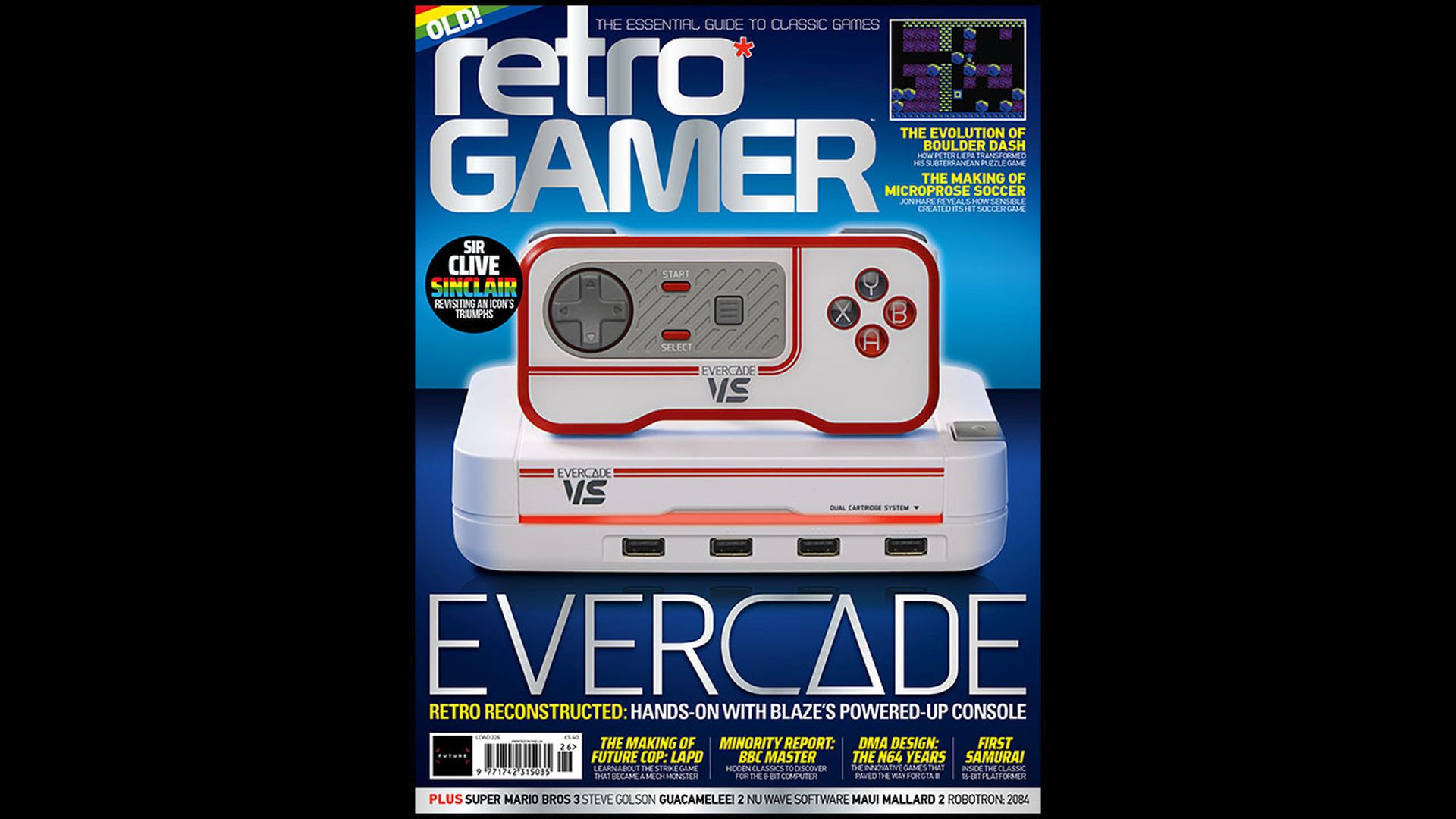
For more in-depth features on classic games and consoles delivered directly to your door or device, subscribe to Retro Gamer in print or digital.
Prior to 1971, the public was wholly unaware of video games. That’s not to say that they didn’t exist, mind – they just existed behind closed doors, accessible only to those fortunate few at universities that hosted enormously expensive home computers. The most popular of these early games was Spacewar!, a competitive shooting game that spread from institution to institution throughout the Sixties. This was the starting point for Syzygy, an engineering company founded by Nolan Bushnell and Ted Dabney.
“I was emulating the game Space War that I had played in college on a PDP1,” Bushnell recalls, half a century on from the release of the game. “My objective was to create the first coin-operated video game. I knew the economics of that business from my experience as manager of the games department at an amusement park where I worked while in college. The cost of integrated circuits had dropped precipitously and I felt confident that I could make the economics work,” he explains.
Indeed, those looking for thrills had access to electromechanical amusements and pinball machines, so the business model was well established – it was only the technology that was particularly novel. The game set the player’s spaceship against two computer-controlled UFOs, in a competition to score more hits than the enemy - a popular theme, given the Cold War competition between the USA and the Soviet Union. A brightly coloured plastic cabinet evoked the futurism of the era, and looked considerably fancier than the wooden cabinets that became commonplace as the arcade business grew. “Many decisions that I made were a combination of young exuberance and passion for the subject,” Bushnell recalls “I thought a sleek, space-aged looking cabinet, which had never been done before, would be proper housing for the game.”
“I was confident from the start. The game was so revolutionary for the coin-op market and the state of games at that point,” Bushell adds. It was a modest success for its manufacturer Nutting Associates, but the spaceship proved difficult for players to control. “Although it turned out to be too complex to be a massive success, I was happy with the few million sales it did make. Subsequently, we simplified the gameplay with Pong, which was a tremendous success,” Bushnell continues. Indeed, Computer Space was not the biggest video game in the world - but it was the very first one you could put a coin in and play.
Weekly digests, tales from the communities you love, and more
Pong

When people talk about the origins of video games, Pong has often been cited as the game that launched the industry. You naturally know that’s not the case, but the reason it has mistakenly received that accolade so often is simple - it was the first arcade game to achieve widespread success, in part because the simple bat and ball concept was far easier for players to get to grips with than Computer Space had been. Pong was the perfect start for Atari and would propel the company towards a decade of success. Having proven that it could make serious money it was quickly cloned by other companies, which Atari didn’t like – but then, it had borrowed the concept from a Magnavox Odyssey game itself. The phenomenon soon invaded the home too, as the first generation of home video game consoles consisted almost exclusively of devices dedicated to playing variations of Pong.
Magnavox Odyssey
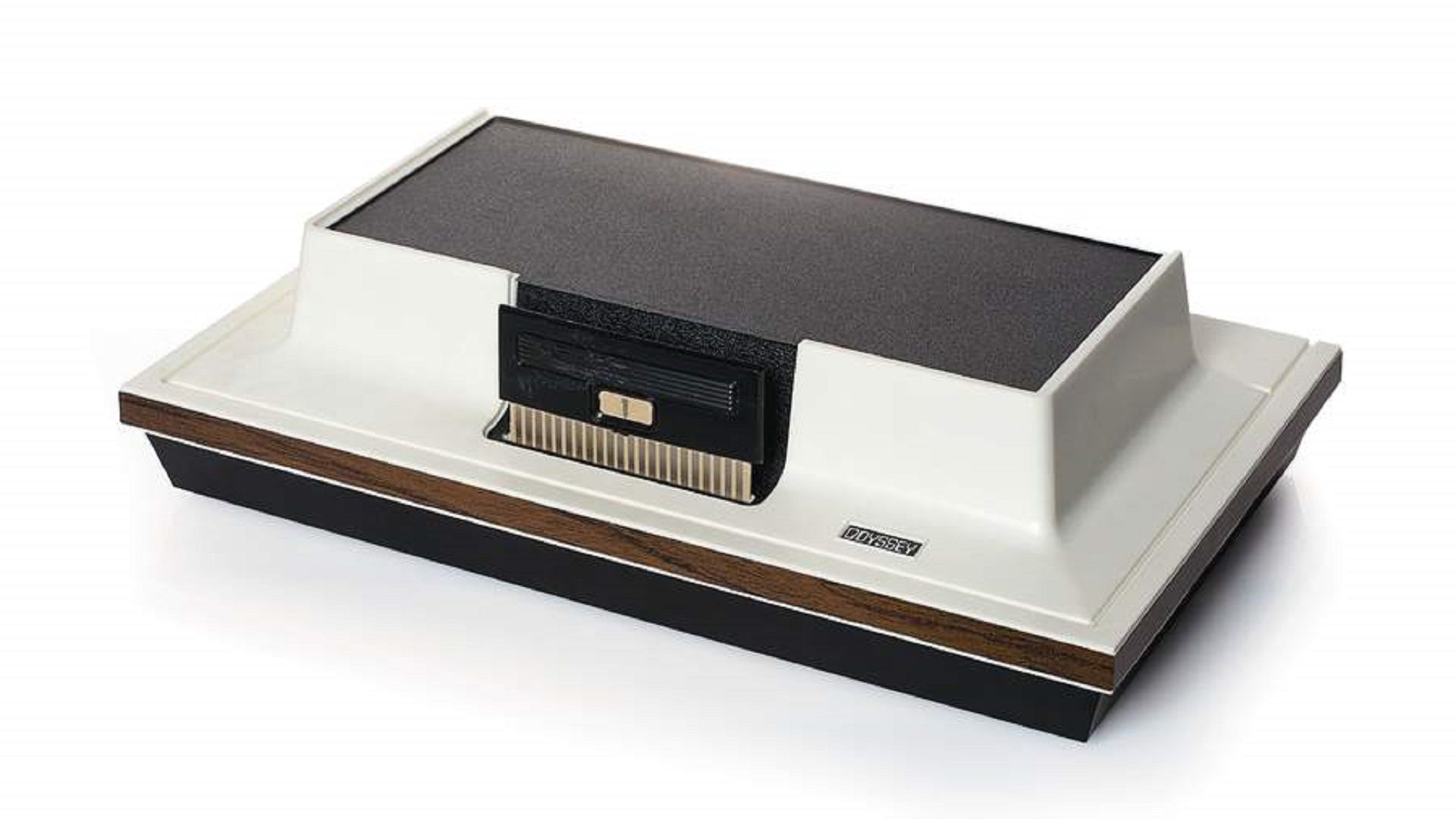
The very first commercially released home video game console was invented by Ralph Baer, and released in 1972. Having been conceived in the mid-Sixties, a number of prototypes were produced over subsequent years before Magnavox agreed to manufacture the machine in 1971. The console is a far cry from what we know today, with dial-based controls and board game additions, and was only a modest success - 350,000 units were sold by the time the system was discontinued in 1975, two years after the last game card release.
The value of the console to Magnavox was not in its sales performance, of course. The Odyssey was a pioneering invention and its patents were enormously valuable. From the late-Seventies to the mid-Nineties, Magnavox made over $100 million in lawsuits and settlements from other video game companies. Though he worked on some other console projects during the Seventies, the electronic game Simon proved to be Baer’s most notable later invention.
Atari
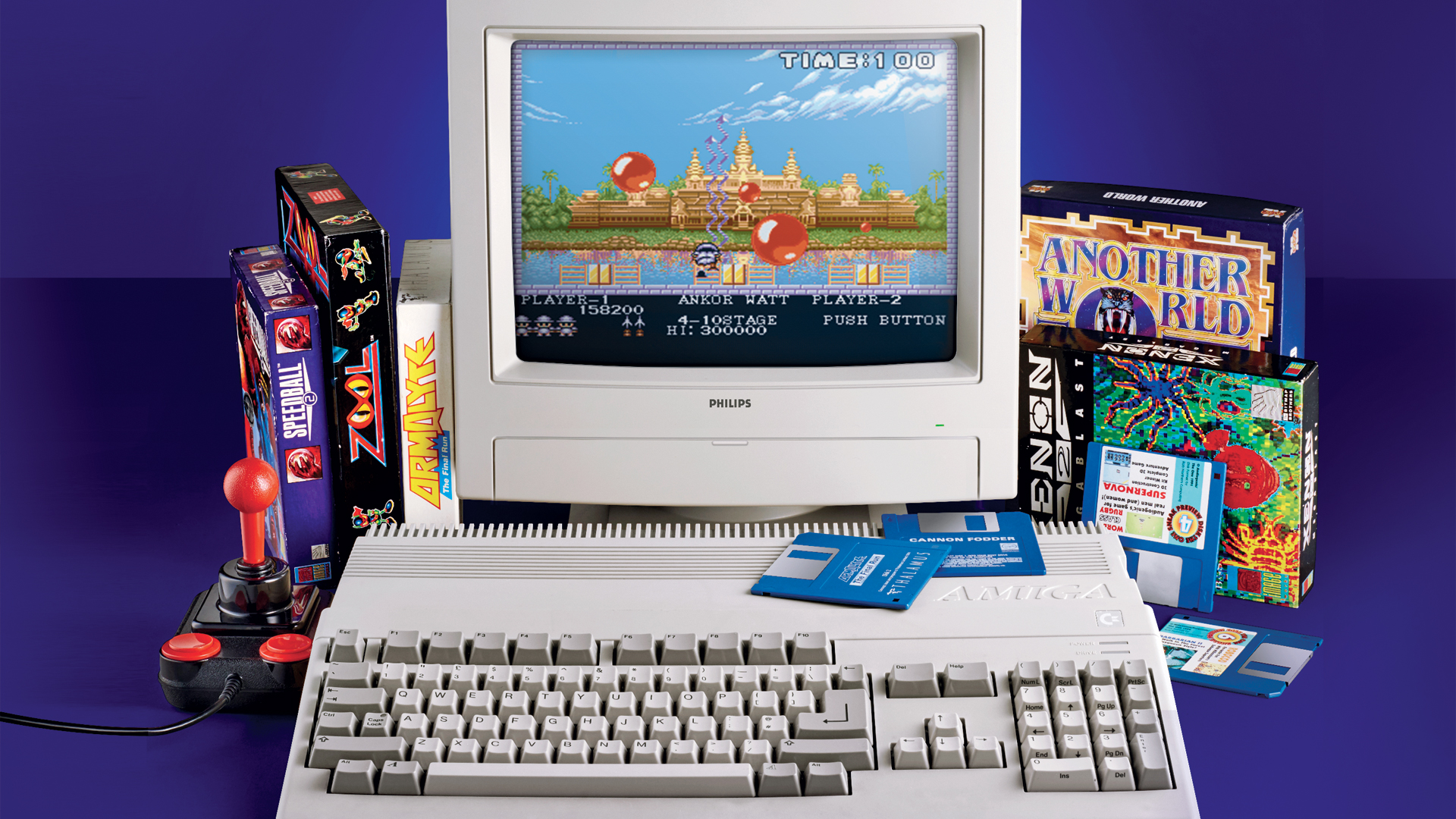
The first true titan of the videogame business was founded in 1972 by Nolan Bushnell and Ted Dabney, initially to sell Pong machines. The company would continue to find arcade success with games like Tank, Asteroids, Tempest and Missile Command, and the Atari 2600 was the first home console to achieve major success. Then there was the company’s home computer line, which inspired coders including Archer Maclean to get into the business.
In 1980, Atari was the fastest growing company in America. By 1983, it was rumoured to be losing $2 million per day. The Tramiel family entered the scene, and did good business with the Atari ST in Europe, but fell behind console competitors and left the market by 1996. That first decade, during which Atari was able to market the concept of video games better than any other company, has ensured it a permanent place in pop culture history. That’s why you still see people wearing Atari T-Shirts, and it’s why companies like Williams, Hasbro and Infogrames have ignored the negative associations with machines like the Jaguar and revived the brand over and over again - it still has value.
Atari 2600
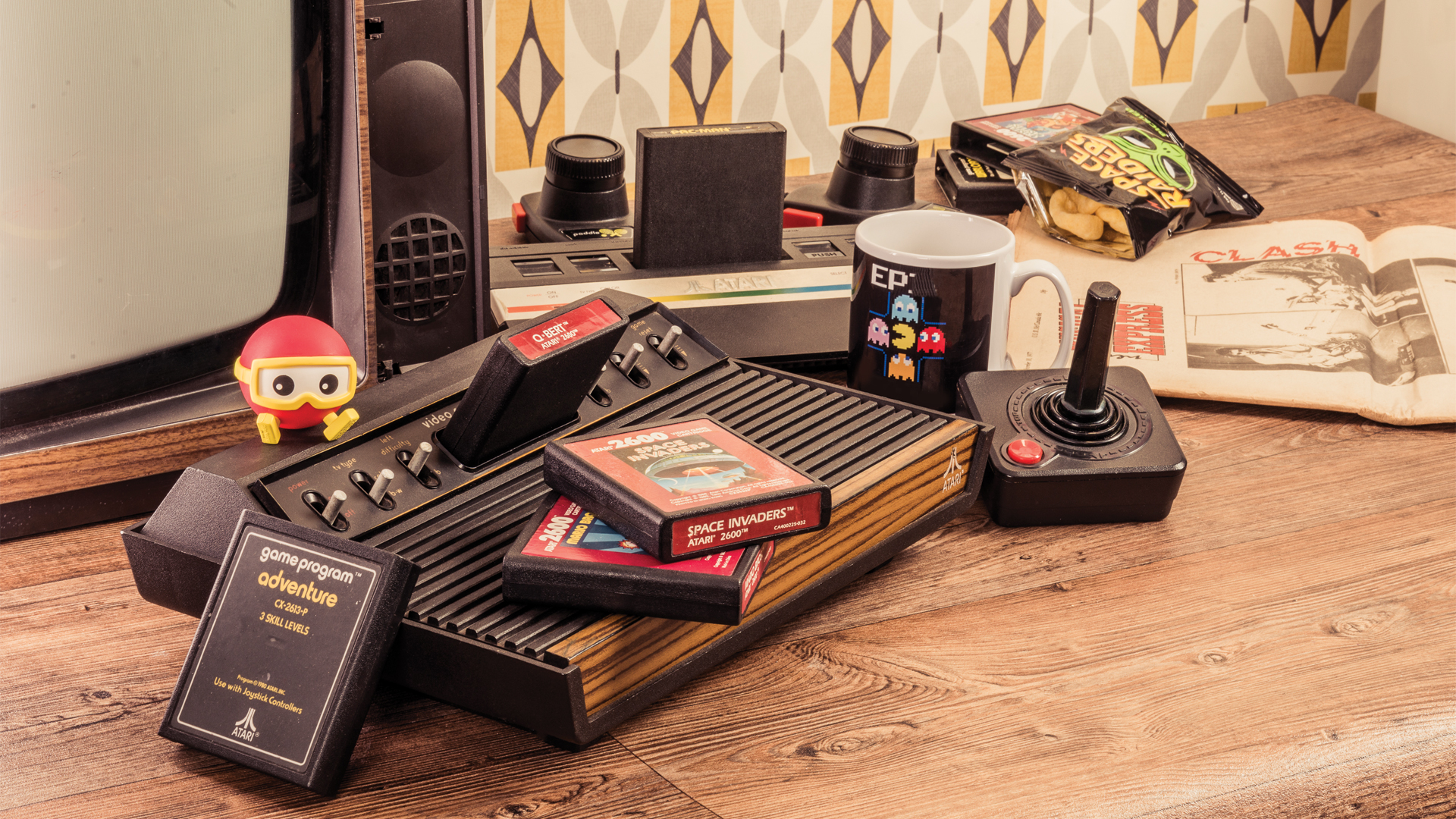
Though the Fairchild Channel F was the first console to use programmable ROM cartridges to deliver an expandable library of games, Atari’s machine was the one to take that concept and make a wild success of it. Initially designed with simple games like Pong and Combat in mind, talented programmers pushed the machine in all sorts of ways and Atari’s marketing muscle helped the machine flourish, even in spite of competition from the Intellivision and other machines. Although Atari could draw on its own library of hit arcade games, it recognised the value of its competitors’ games too and it signed landmark licensing agreements in order to bring Space Invaders and Pac-Man to the console. These conversions were highly anticipated and delivered massive sales, regardless of later events.
Space Invaders
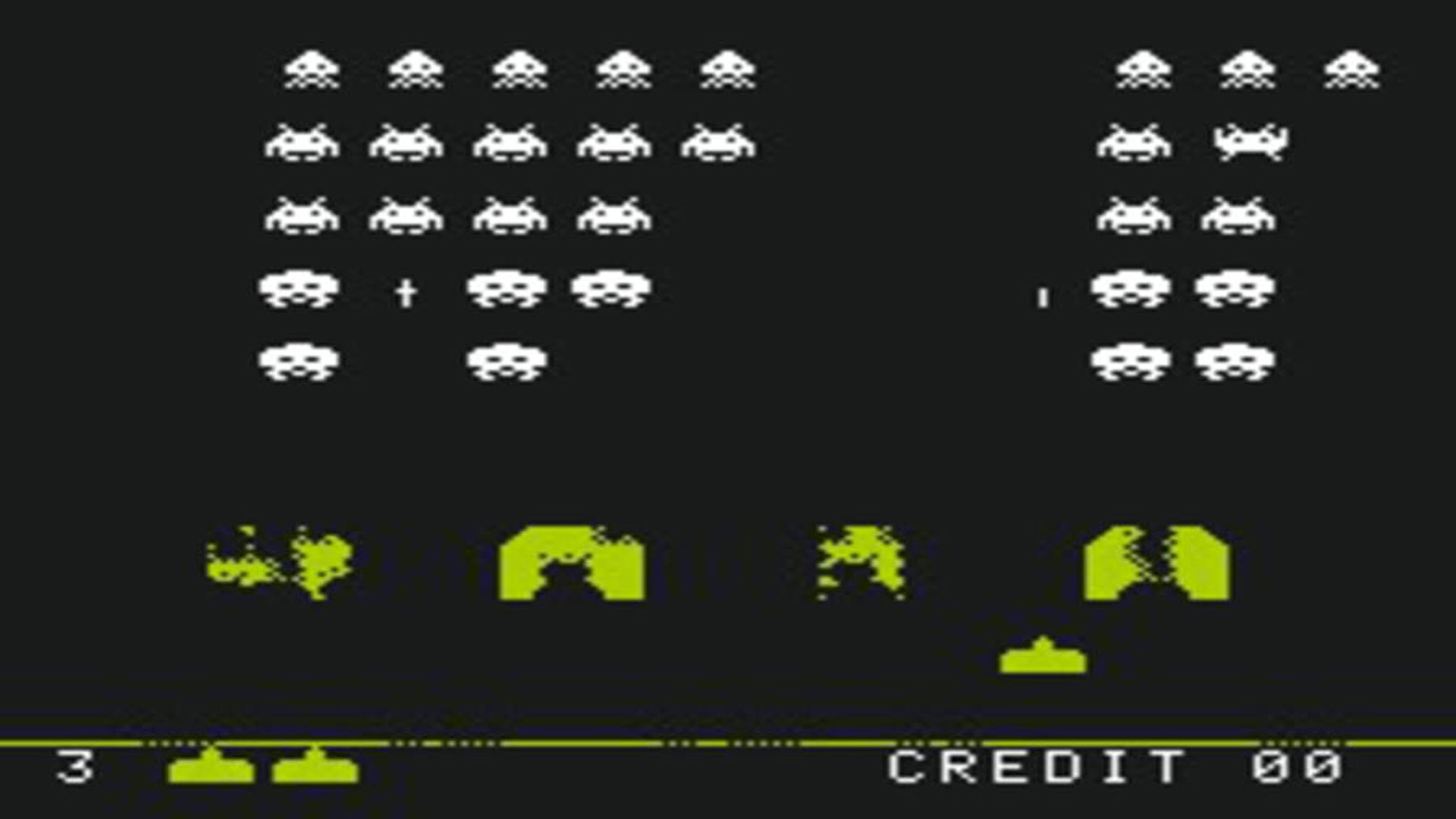
Taito’s 1978 arcade hit pits you, in a laser cannon, against an armada of extraterrestrials with one goal in mind - to touch down on Earth and subjugate the planet. All you have is a set of destructible shields to protect you, so you’ve got to be quick to take out the enemies. It’s the invaders themselves that make the game so compelling, as the more of them you kill, the faster they get - and the ominous four-note background music speeds up with them, ratcheting up the tension.
They’re amongst the earliest truly recognisable video game characters, to the point that they are a form of visual shorthand for the medium as a whole. The global demand for Space Invaders resulted in hundreds of thousands of cabinets being produced, both official and clones, and the game was such a draw that the home conversion for the Atari 2600 became the first home console game to sell a million units. In 1981 the game even became the subject of the first parliamentary attempt to restrict video game sales, based on concerns over childhood addiction.
Cassettes
Magnetic tapes had been used for data storage since before video games, but adoption of the humble compact cassette by home computers was a game changer. Cheap and easy to manufacture, they ultimately enabled the hugely important budget game market to flourish during the Eighties, and could even be mounted on magazine covers. Since they were recordable, they also allowed players to sell their own programs – or more likely, trade pirate copies of the games they’d bought.
Pac-Man

Namco’s game was an enormous hit in the early Eighties, and it had every right to be - the game design was compelling, thanks to ghosts with their own personalities and the turnabout gameplay that allowed you to eat them. Many of the games of the Seventies had players control tanks, cars and spaceships, and Pac-Man signified a shift towards games based around cartoon-style characters. The game became a cultural phenomenon as a result, with plenty of merchandising, a cartoon, a hit single and sequels.
ZX Spectrum
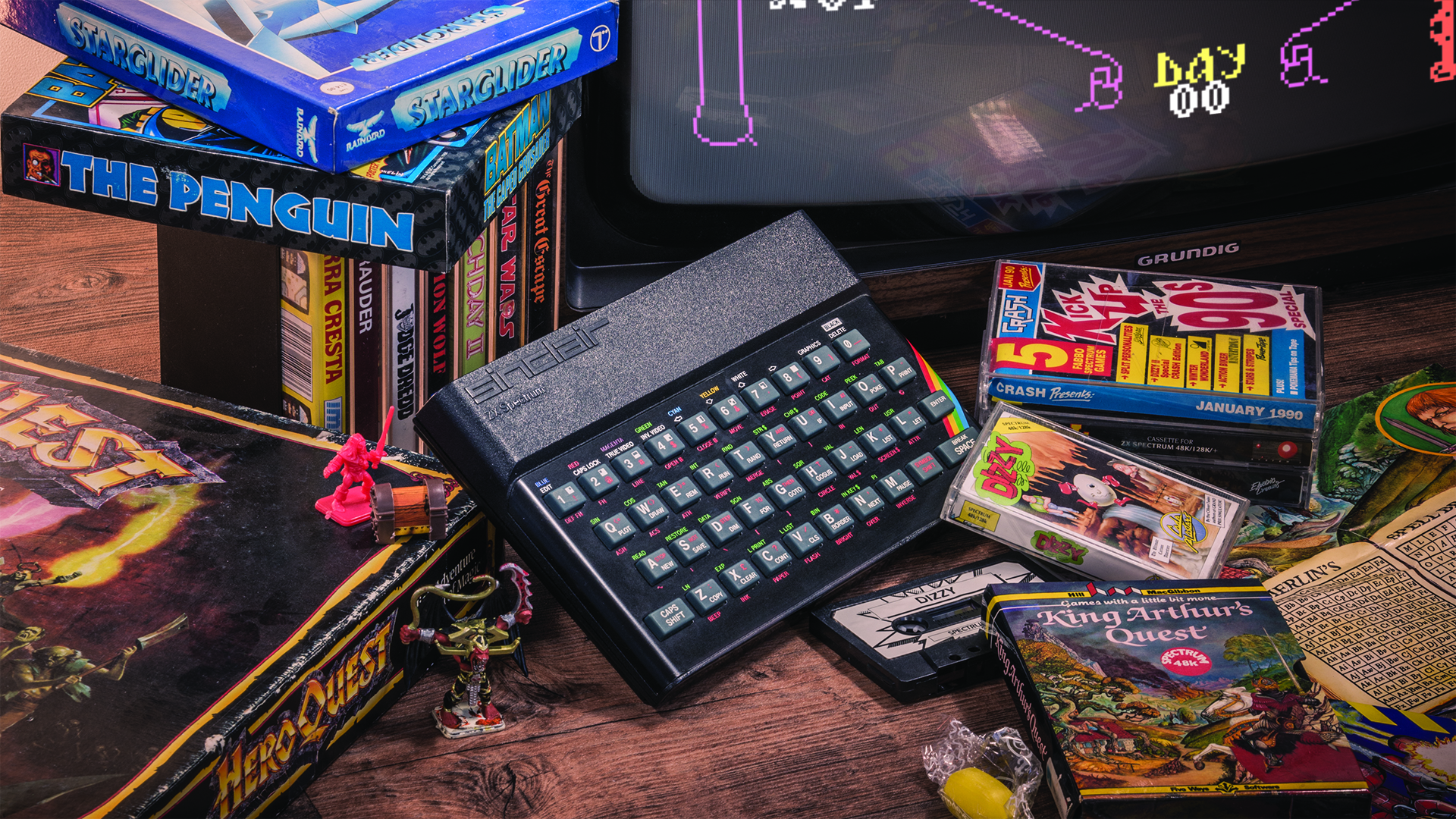
Sir Clive Sinclair’s previous low cost computers had experienced some success, but the ZX Spectrum was much more useful out of the box thanks to its higher memory capacity and colour graphics. The computer was a massive hit in the UK and popular in Spain, selling millions and seeing regular game releases into the early Nineties. However, it was the fact that owners could write their own programs that made the machine so influential – it was the first machine that many coders would have got to grips with. Without the ZX Spectrum providing an accessible pathway to learning programming, it’s fair to say that the UK may not have become the hotbed of development talent that it eventually did.
Activision

The first-ever third-party publisher in video games was formed by a group of ex-Atari programmers who felt that they ought to be treated in the same manner as musicians, earning credits and royalties, rather than as factory workers. The company quickly became known for its excellent Atari 2600 games such as Pitfall! And River Raid, and through its legal defense against Atari, established the concept of a third-party publisher as a legitimate business entity. The company struggled to survive after the video game market crash but turned its fortunes around in the Nineties. Today, the company is known for developing series such as Call Of Duty, Tony Hawk’s Pro Skater, and Crash Bandicoot, and owns World Of Warcraft, Diablo, Starcraft, and Overwatch developer Blizzard Entertainment.
Commodore 64
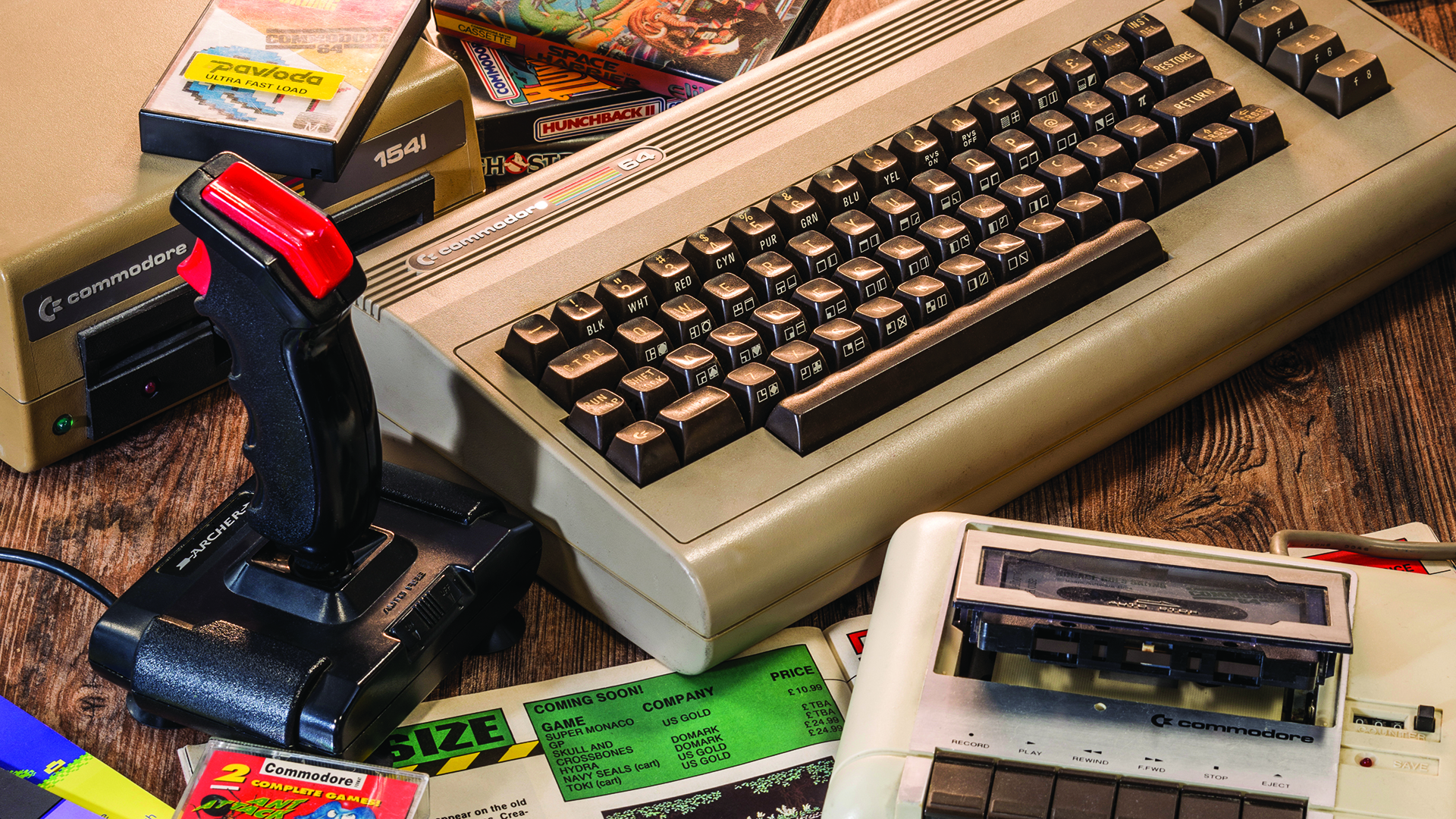
Commodore had already pioneered popular computing by producing the first million-selling home computer in the VIC-20, but the Commodore 64 was on a different level, holding the record for the best-selling computer of all time for decades. Its most lasting legacy is the SID chip, an excellent piece of sound hardware that set the machine apart from its peers and made stars of the likes of Ben Daglish and Ron Hubbard. The chip is still used by musicians today.
Video game market crash
Beginning in 1983, the video game business entered a period of decline for a variety of reasons. Players had their confidence knocked by poor quality games - not only those from third parties rushing to take advantage of an uncontrolled market, but also some of Atari’s own, with Pac-Man and ET often singled out for blame. Retailers had built up massive inventories of games, and mass discounting caused a slump in the sale of full-priced games. Then there was the price war in the home computer market, driven by Jack Tramiel’s Commodore.
The effects of the crash were most noticeable in North America but had an international impact, with global video game revenues in 1985 just a third of their 1982 levels. Formerly viable formats such as the ColecoVision and Vectrex were effectively killed off and their manufacturers left the business, allowing the home computer market to grow in North America and positively boom in Europe. The console market was left wide open for Japanese manufacturers to dominate in years to come, and they learned lessons here, keeping a much tighter control on what the surviving publishers could make for their consoles.
Elite
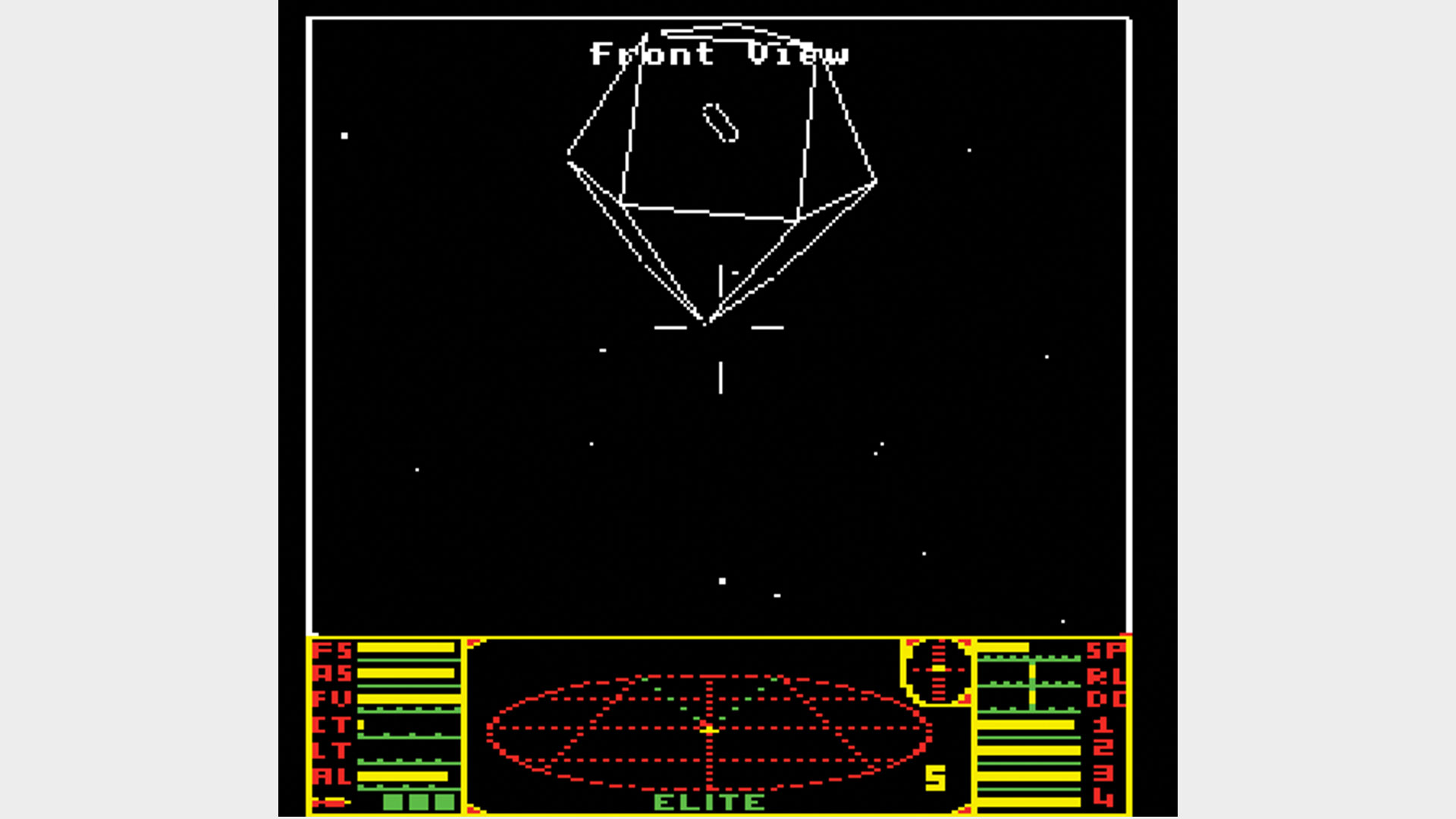
David Braben and Ian Bell’s space trading game monopolised hours of players’ time on the 8-bit home computers, and for good reason – it was a vast, challenging game with impressive wireframe graphics. Elite was notable for the agency it gave to players, as it was an open-ended game that allowed you to chart your own path to success. You could mine asteroids, take on missions for the military or even engage in piracy, with no ‘right way’ to earn money.
Mouse
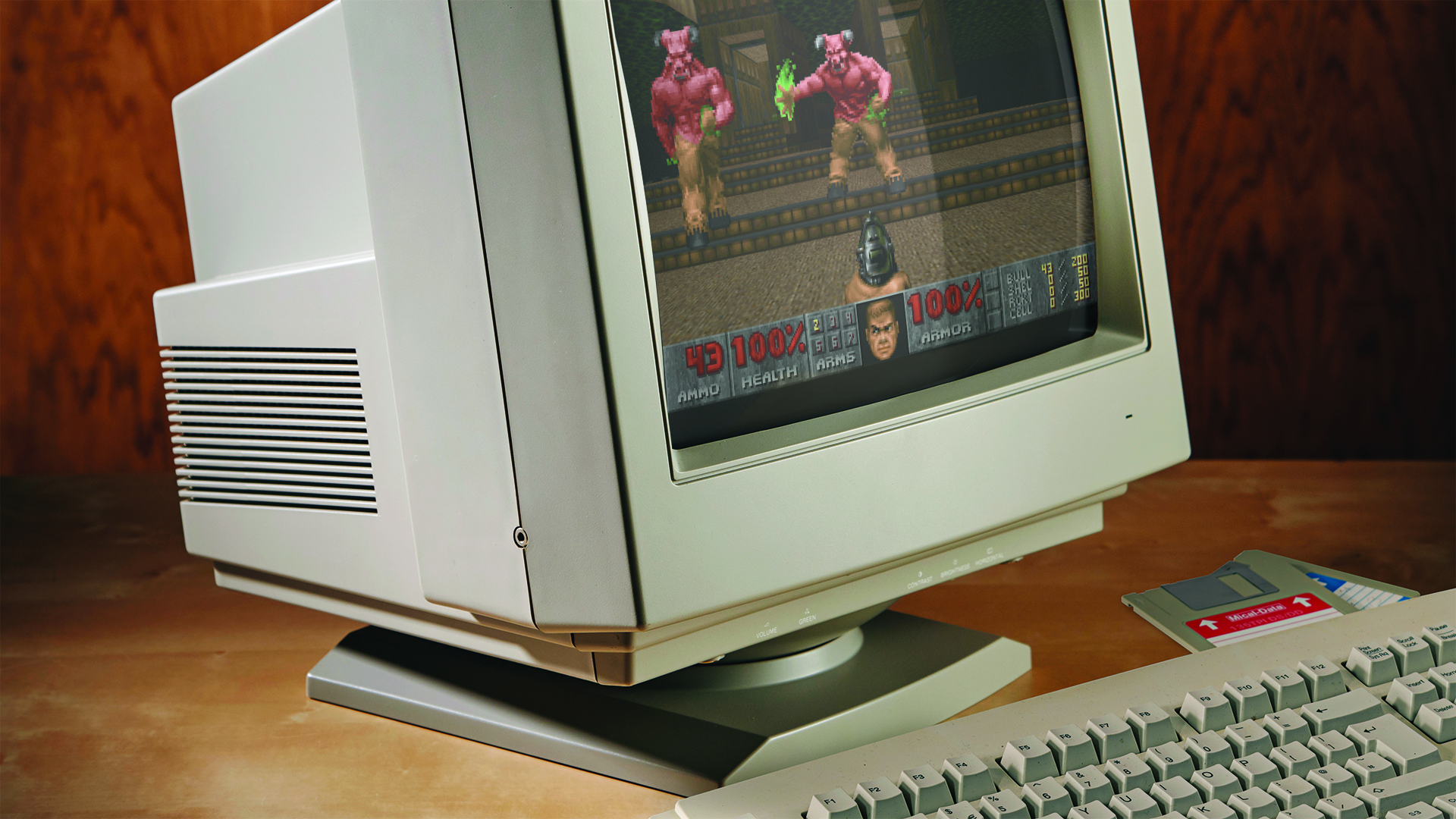
The humble mouse didn’t become a prominent part of home computer control until the mid-Eighties, but today we can’t imagine gaming without it. The device is so entwined with the adventure game scene that they became known as point-and-click games, and it’s also massively beneficial in other genres - if you don’t believe us, use a controller against a mouse-and-keyboard player in a first-person shooter or a real-time strategy game and see how you get on.
Nintendo
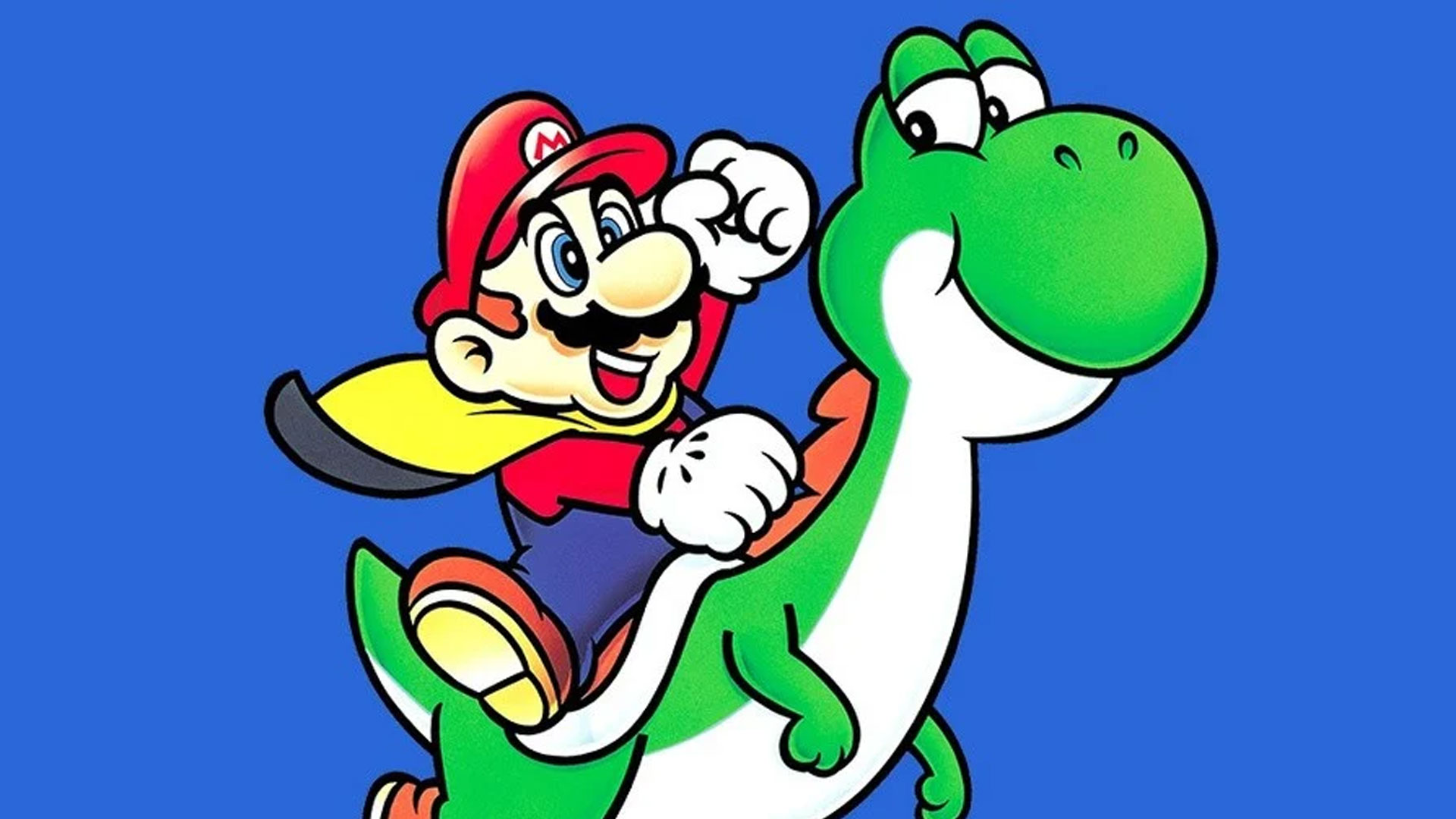
The oldest company in our list might not have been the first to get into video games, but its impact on the business is arguably the most profound. Even before getting into the console business for itself, it was making an impact in that arena by exclusively licensing its arcade hit Donkey Kong to Coleco. Since then it has been to the top of the console market, down to the bottom and back more than once, and has led the handheld console market for three decades. Of course it is also one of the finest game creators in the world, partly due to the influence of the world’s most renowned developer, Shigeru Miyamoto.
Nintendo only ever does things its own way. The Wii U is proof enough that this isn’t always to its advantage, but when it works the results are spectacular. Take the Nintendo DS as an example - it’s the second most popular platform of all time, based on the strength of simple touchscreen inputs and non-core games like Nintendogs and Dr Kawashima’s Brain Training. Nintendo doesn’t always keep up with trends, but has often set them in spectacular fashion.
Game Boy
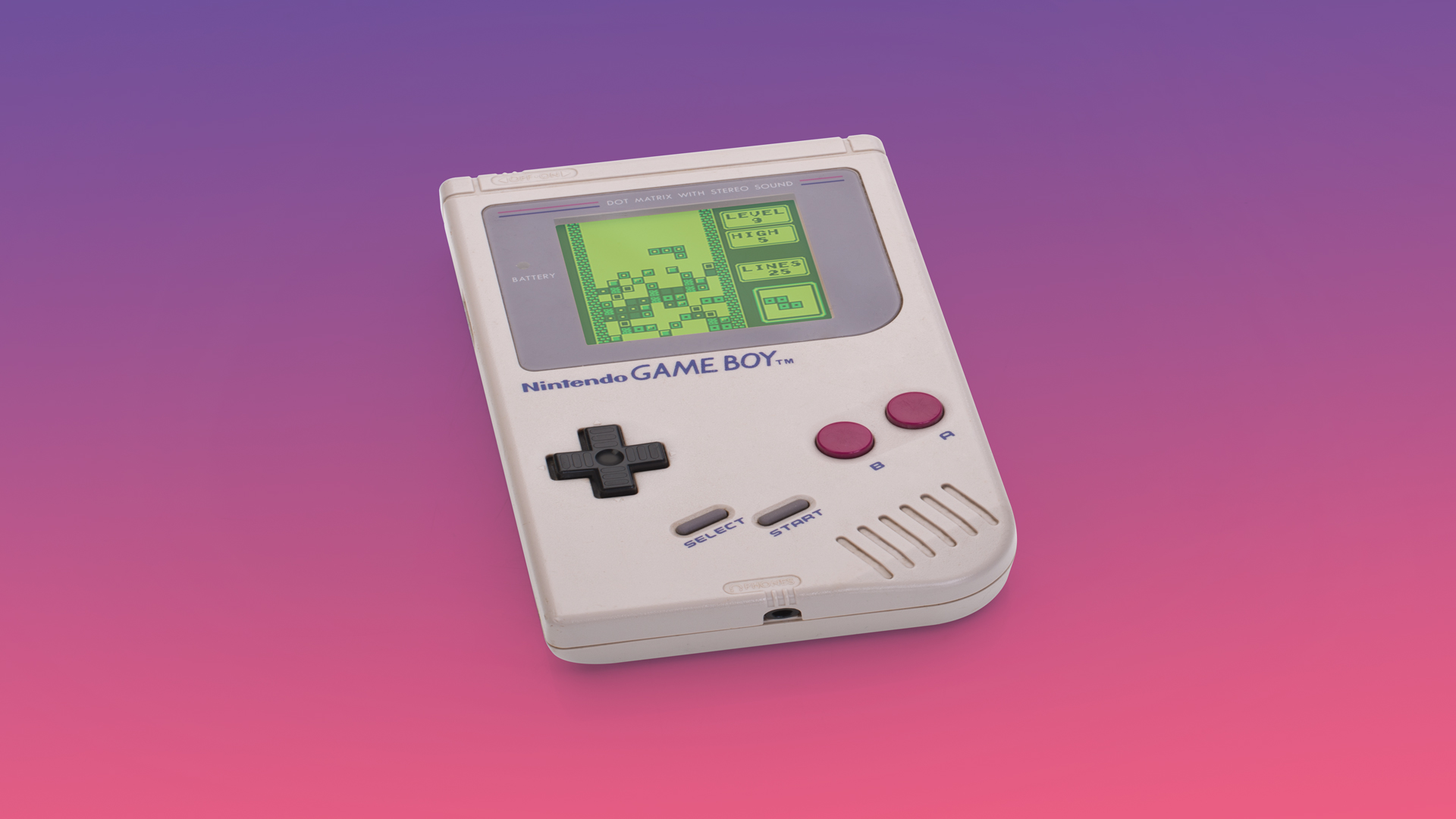
As the handheld console market got off to its real start in the late-Eighties, two competing philosophies clashed. Atari’s Lynx offered advanced graphical technology and a full-colour display in a bulky package, while Nintendo’s Game Boy was a far simpler machine with a greyscale display. While Atari ultimately struggled to compete with Nintendo’s software support, Sega’s Game Gear didn’t - but it still lagged behind the Game Boy. The Game Boy was proof that the most powerful hardware wasn’t always the right hardware, as its low price point and better battery life were far more important than its underwhelming first impressions. Games like Super Mario Land and Pokémon simply didn’t need colour to be compelling, and the console enjoyed a long life and tens of millions of sales as a result.
NES
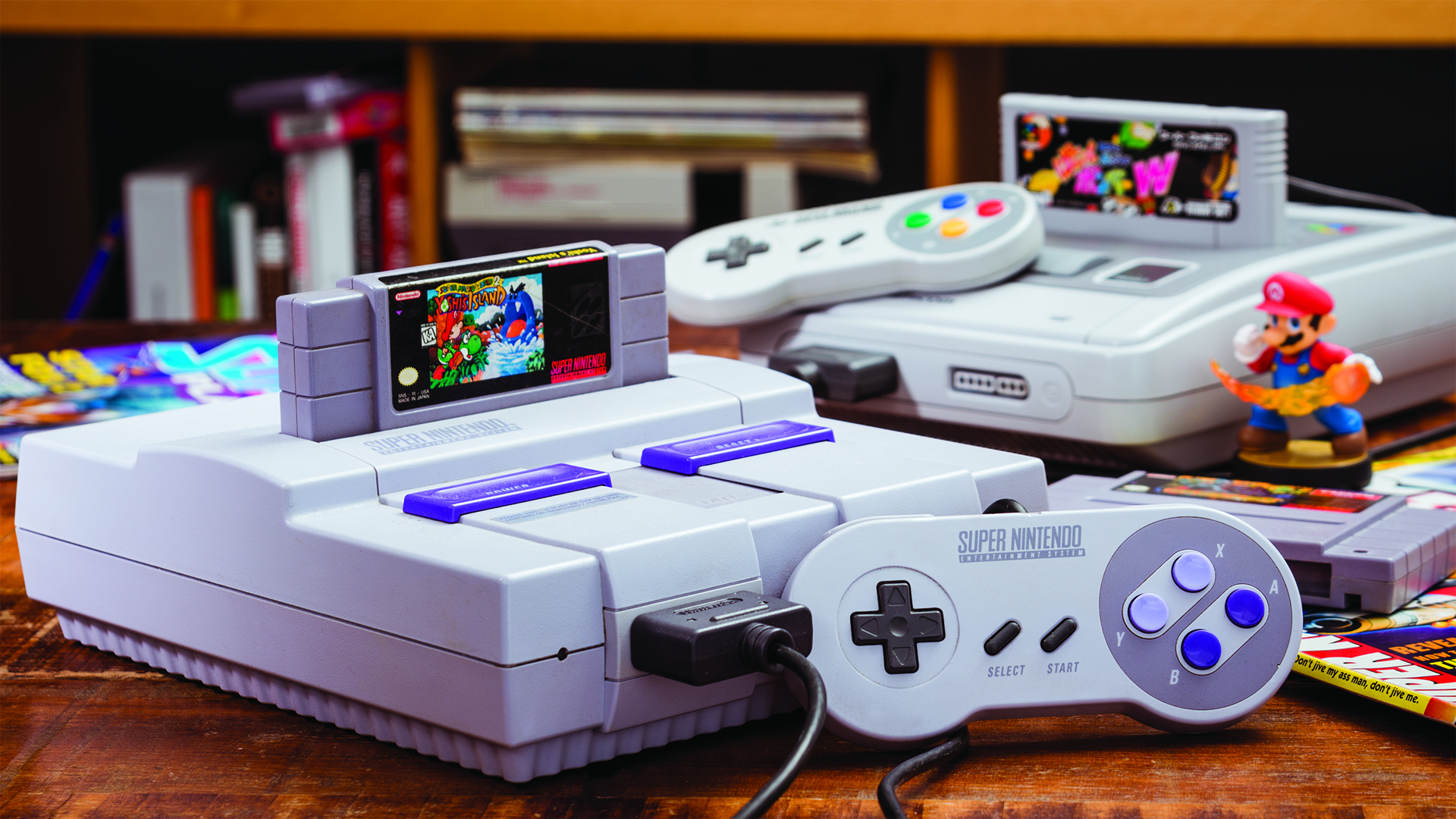
The Famicom was a cultural phenomenon in Japan, but the 8-bit console had its biggest impact in North America. Nintendo made bold offers to retailers that were wary of video games, and they paid off handsomely - with games like Super Mario Bros, The Legend Of Zelda and Metroid, the NES achieved record-breaking sales, earned a virtual monopoly in the console market, and proved consoles to be more than a fad. Of course, the NES was also the first console to employ a third-party licensing system, in an attempt to avoid a flood of low-quality software. Publishers had to pay Nintendo a fee and agree to content approval and exclusivity policies, in exchange for the right to publish up to five NES games per year. The exclusivity clause and release limits are thankfully historical relics, but licensing fees and content approval are still standard practice for all console manufacturers today.
Street Fighter 2
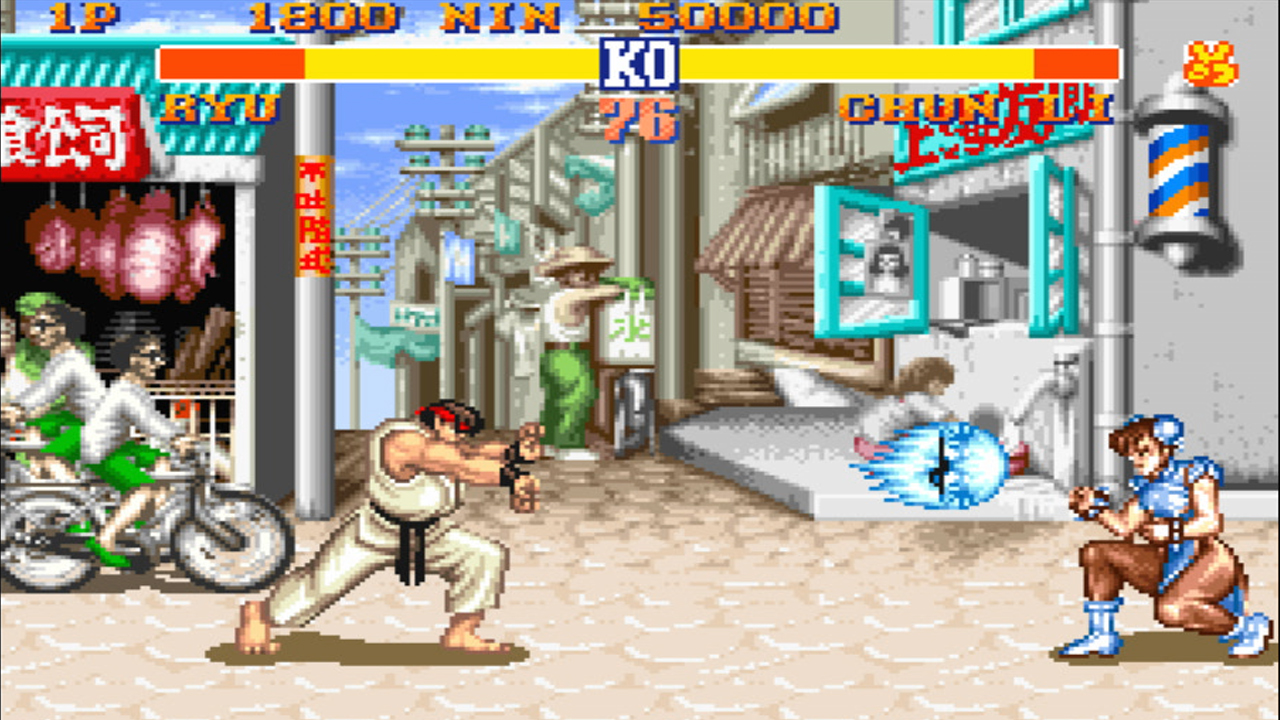
Fighting games had come and gone before, but Capcom’s 1991 classic was something else. Taking control of one of eight diverse characters, players could challenge another player or the CPU, with four bosses to face in the latter case. The graphics and sound were marvelous, but the secret sauce that made Street Fighter 2 was the accidental invention of the combo. Upon connecting with certain moves, players could immediately hit additional moves before the previous animation had completed - and before the opponent was able to block. The developers decided to keep it, and it’s the basis for fighting game combo systems to this day.
Street Fighter 2 drove a boom period in the early Nineties arcade scene, largely thanks to the fierce one-on-one competition it inspired. Cabinets could be found everywhere, and tournament play soon became a regular occurrence. It also created a fighting game gold rush that saw countless competitors enter the space, which eventually led to a legal precedent on how close an imitator could be when Capcom unsuccessfully sued Data East for infringing its copyright with Fighter’s History.
FIFA
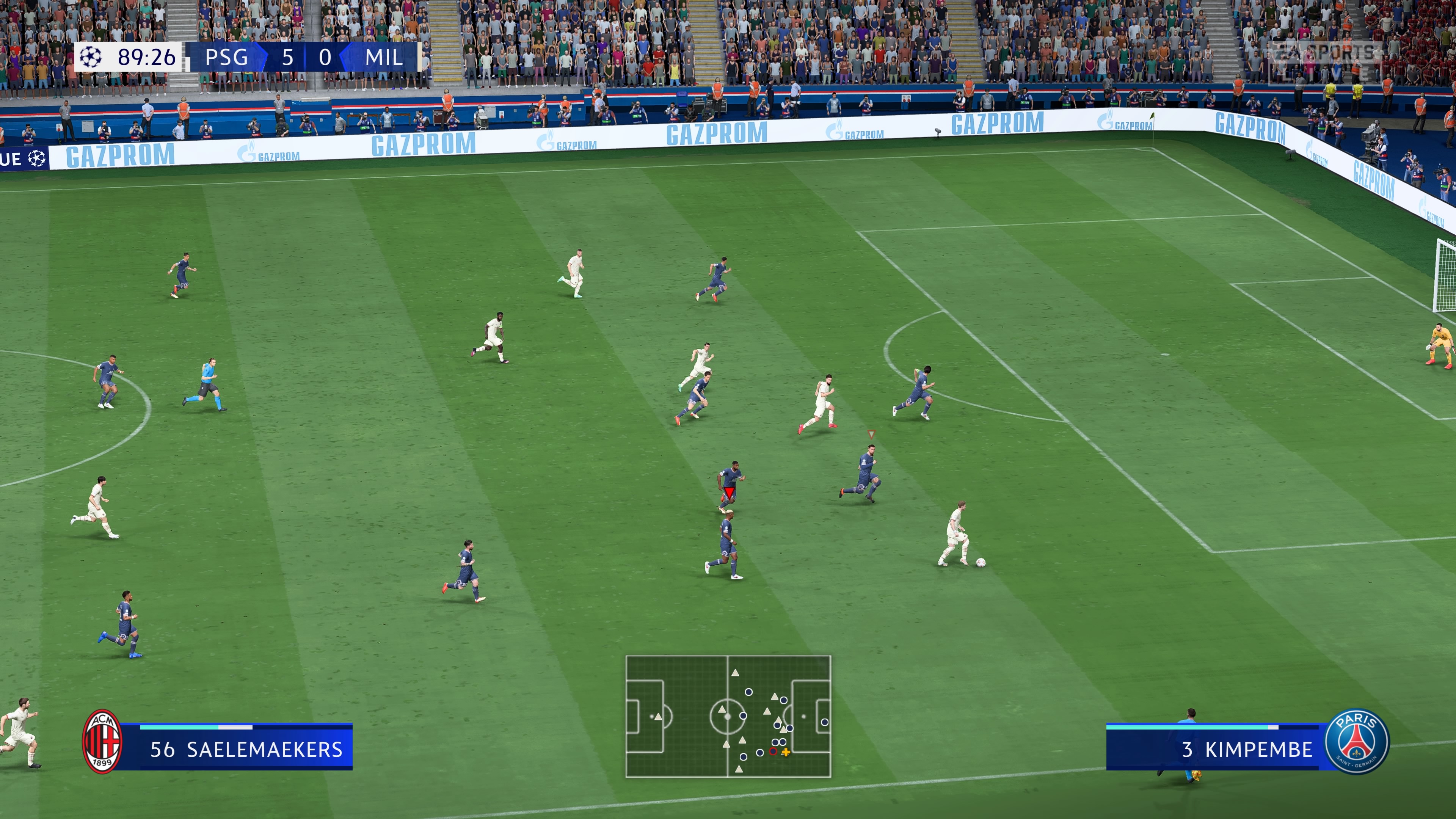
The power of a good licence can take a game a long way, and while EA’s annual football game started off great and is at the top of the league today, it has been carried through low patches by the FIFA brand too. Today the game’s Ultimate Team mode is a huge money-spinner, and governments have begun to investigate whether loot box mechanics are a form of gambling. The results will undoubtedly impact future gaming business models.
Sega
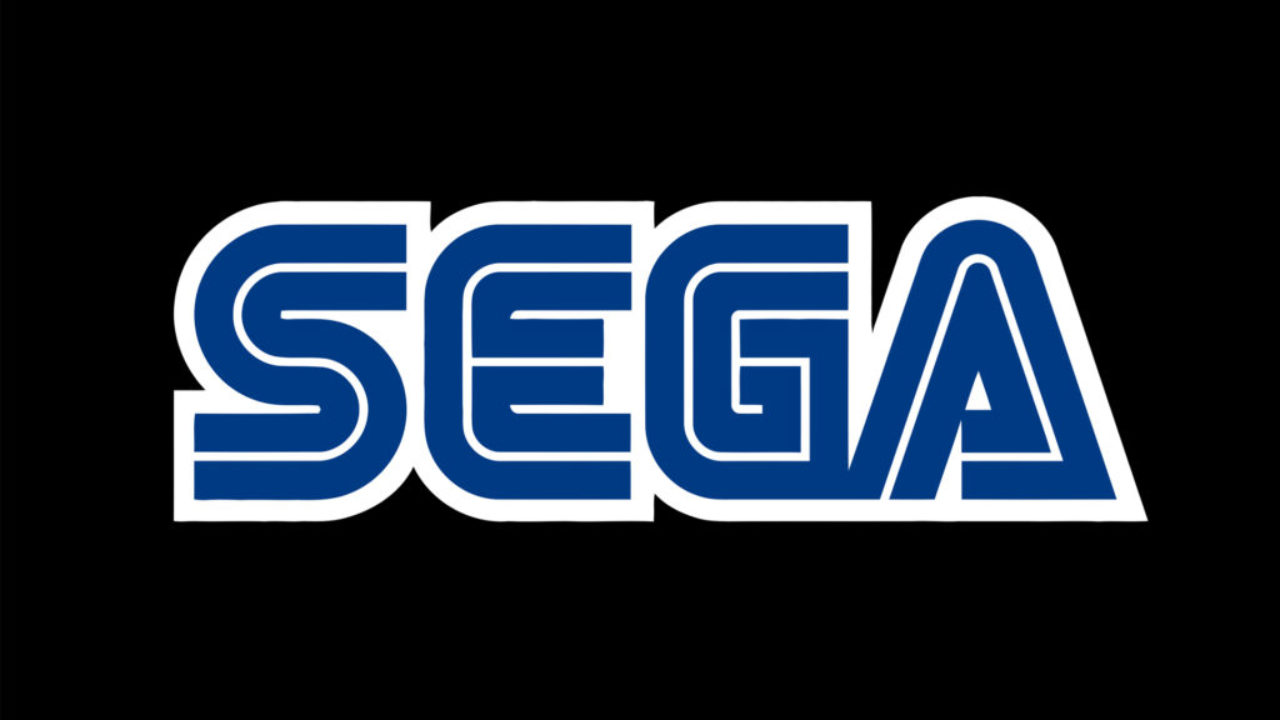
There is barely an aspect of the gaming business that Sega hasn’t touched in some way. But for all of its contributions to home gaming, Sega began its life in the arcade business and that’s where it has been at its most influential. Sega’s innovative deluxe cabinets in the Eighties and its 3D arms race with Namco in the Nineties are legendary, and those hardware advances were ably supported by great games, most notably from Yu Suzuki’s AM2 studio. Today, it is one of the few major manufacturers still supporting the market.
Super Mario Bros
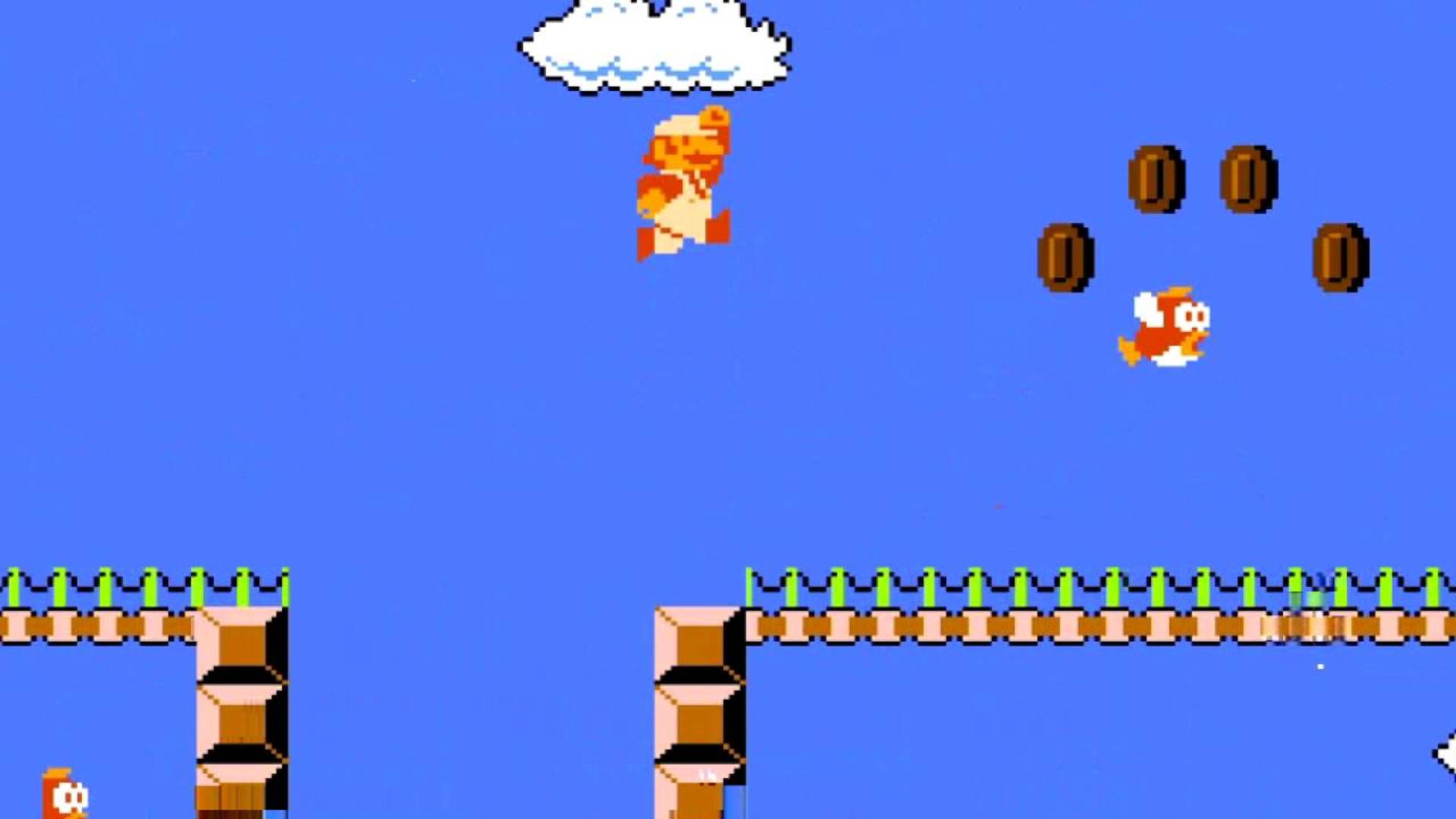
Originally intended as something of a swan song for the Famicom cartridge format, as Nintendo planned to move over to disks, Super Mario Bros packs an incredible amount of game into 32KB. The game set a new standard for the platform genre with smoothly scrolling levels, a variety of different areas and enemies, plenty of secret areas and tight controls. Most platform games crib something or other from it, whether it’s breaking blocks or picking up 100 of that game’s coin equivalent to earn an extra life. Though Super Mario Bros wasn’t Mario’s first game, it was the one that made him into a superstar and one of the most recognisable characters in gaming, and set the template for future sequels. It’s also one of the most successful games of all time, having sold tens of millions of copies by virtue of being bundled with the NES.
Video game magazines
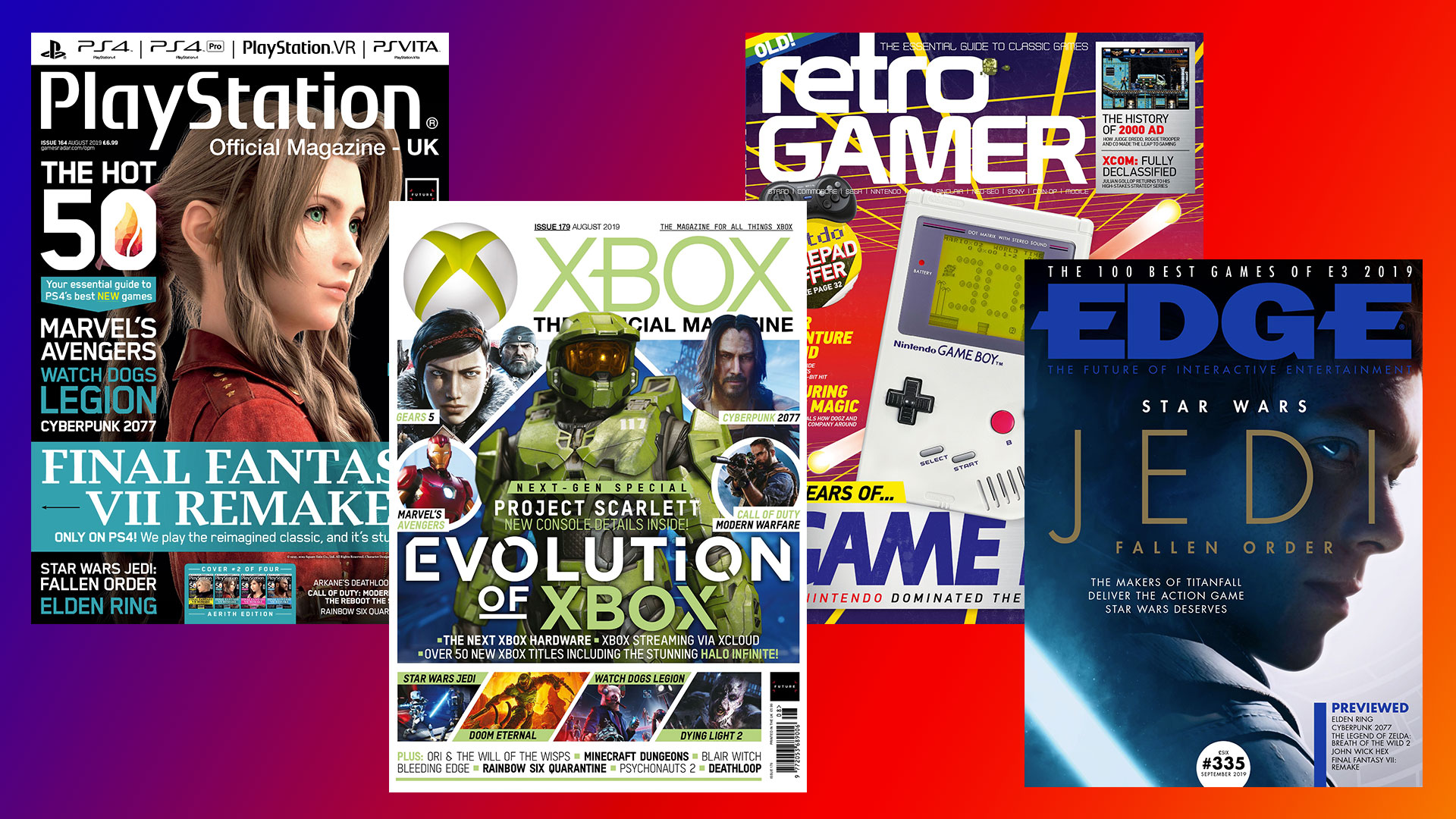
Not to toot our own horns or anything, but magazines have definitely shaped the video game landscape over the years. For many years they were the primary way of knowing when a game was coming out, whether or not it was any good and how you could cheat at it. More than that though, their promotion of Japanese consoles created demand that birthed the import market, and a good cover-mounted demo could really boost a game’s eventual sales upon release.
Doom
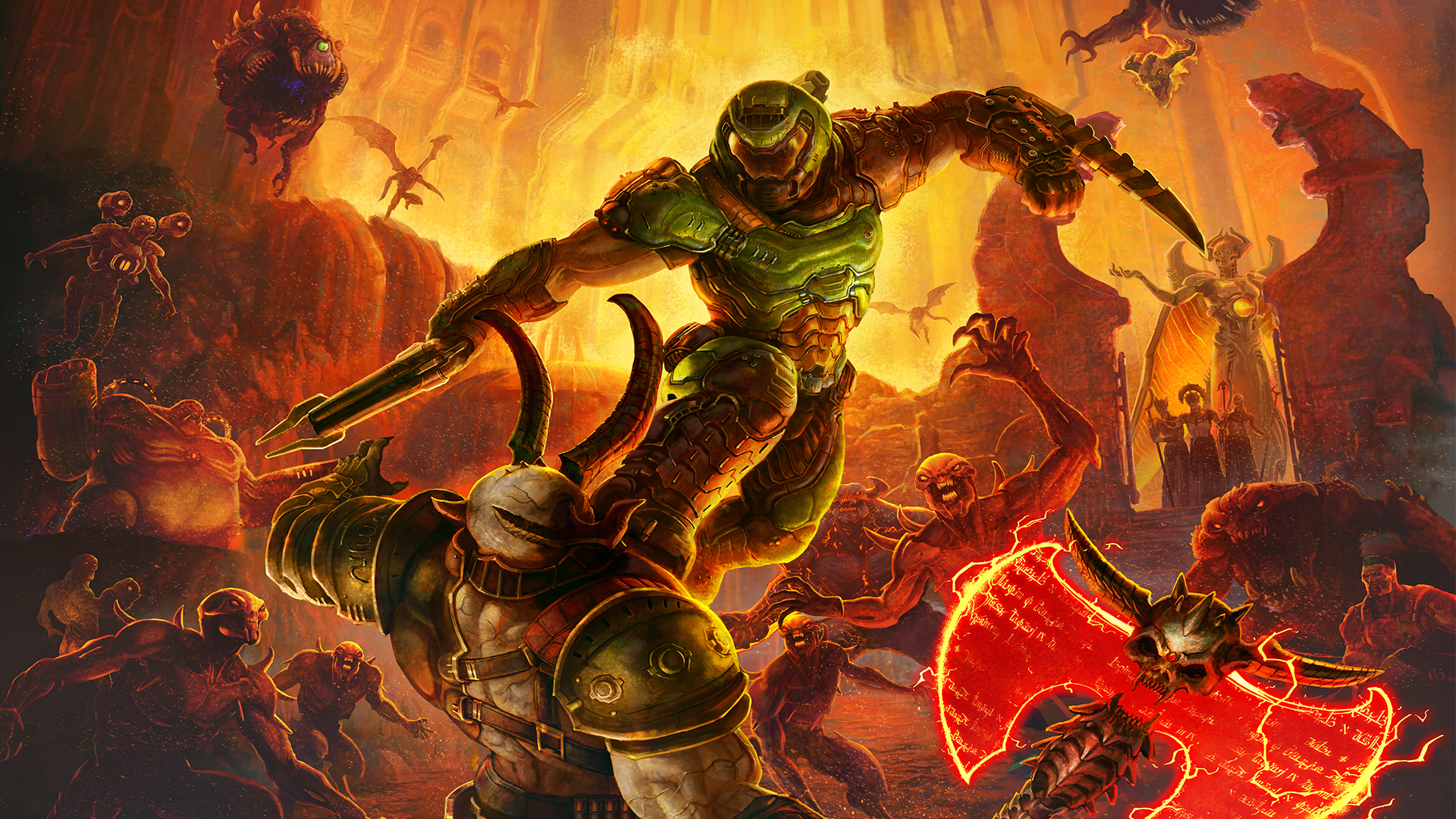

15 things that prove that DOOM will run on literally anything
The scenario is simple. Zombies, demons and all sorts of other monsters are everywhere. In the middle of all of this, there is you and a big pile of guns, and there’s only one way out of this mess. Doom was a brutal, violent game that captured the imaginations of gamers worldwide and catapulted first-person shooters into the limelight, to the point that for a while any game in the genre was simply called a ‘Doom clone’. Since Doom was a very taxing game for the time and was ubiquitous across platforms, the power of your console could be judged by how closely it replicated Doom’s PC version. Today, it functions as a kind of ‘Hello World’ program - if it’s got a CPU, someone will run Doom on it.
Sega Mega Drive
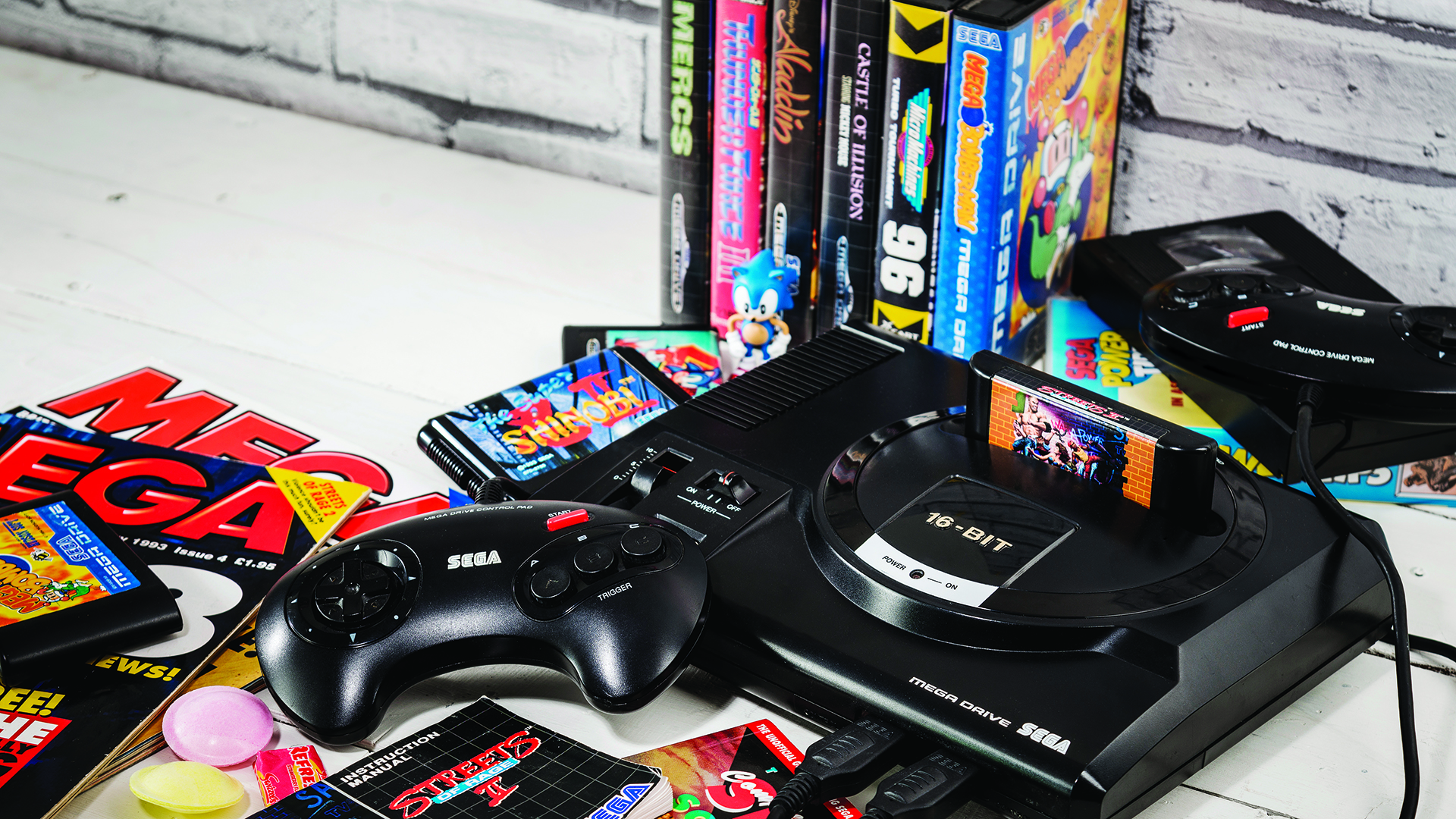
Sensing that its 8-bit hardware was never going to make much headway against the might of the NES, Sega elected to move to the next generation with an affordable 16-bit system based loosely on its dependable arcade hardware. It was undoubtedly a great console with many fantastic games, but much of the Mega Drive’s lasting legacy is tied up in its marketing. Its American adverts were famously aggressive and the UK ones subversive, and Sonic The Hedgehog has lasted long past the goal of promoting the console.
Its success ultimately gave publishers an alternative to Nintendo, as the likes of Capcom, Ocean and Konami eventually joined early backers such as Electronic Arts and Virgin. The Mega Drive also serves as a cautionary tale, thanks to its infamous add-ons. The company over-promised and under-delivered with the Mega-CD and the truly disastrous 32X, and lost the trust of players as a consequence. The result is that these kinds of transformative add-ons, which were previously somewhat common, have rarely ever been attempted by other manufacturers since – instead we get upgraded console models such as the PS4 Pro, which simply boost the existing software.
Rating boards
PEGI and ESRB ratings are probably the least exciting thing on any game’s box art, but the introduction of age ratings in the Nineties was a big step for gaming. As well as averting more intrusive government regulation of our hobby, it was an active acknowledgement that video games were not exclusively for children. That gave companies like Nintendo licence to approve violent games like Mortal Kombat II without cuts, as well as paving the way for Resident Evil, GTA and others.
Tetris
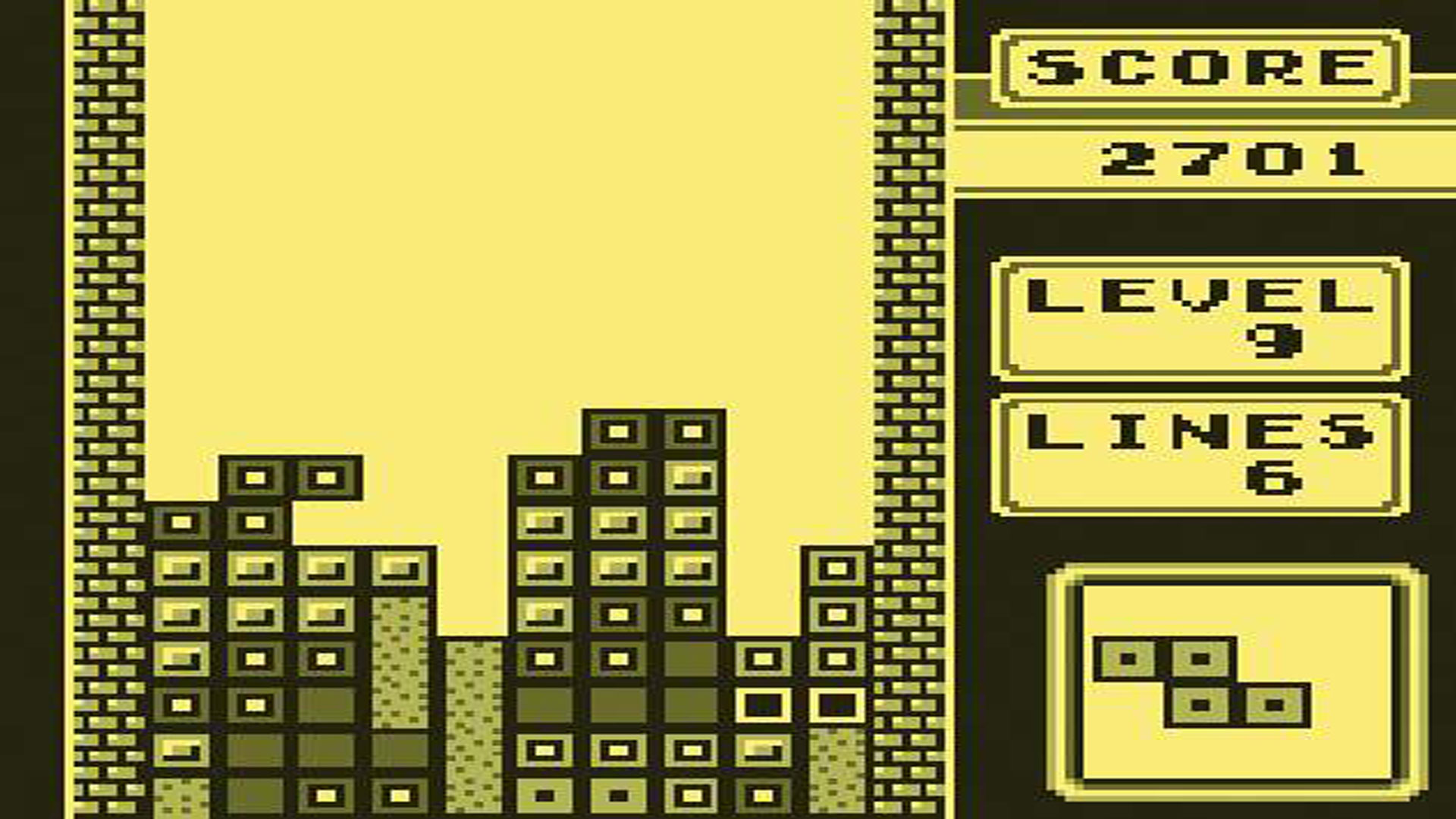
We don’t use the word addictive lightly, but Alexey Pajitnov’s classic wall building puzzle game genuinely is - so much so that it has been the subject of various studies over the years. The ‘Tetris effect’ of gameplay affecting your thoughts and dreams is named after it, and the game that sold millions of Game Boys has even been advocated as a treatment for PTSD. Beyond that, it has remained popular for decades and inspired countless imitators within the puzzle genre.
Tomb Raider
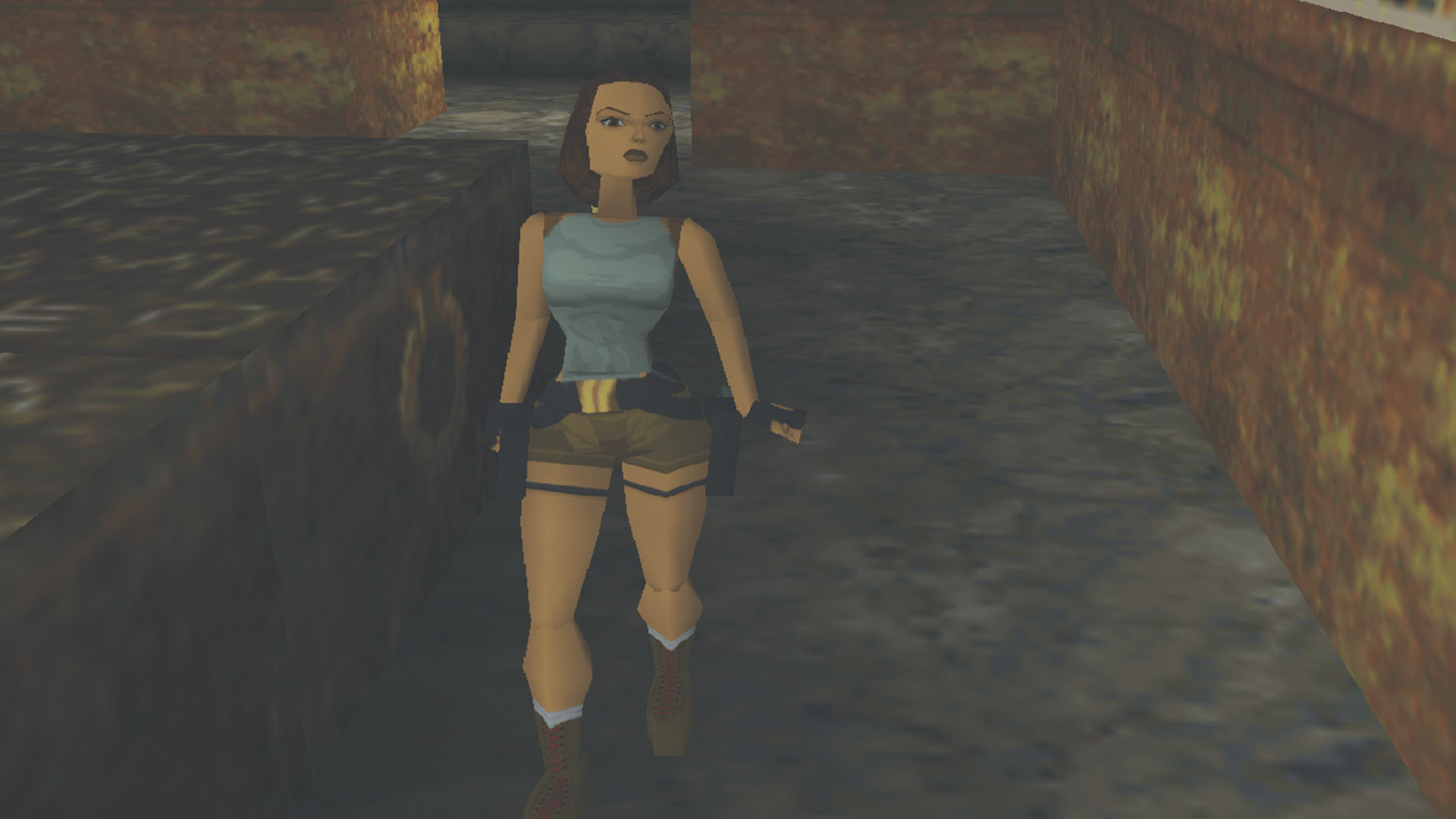
Back in 1996, there were very few games that compared to Core Design’s pioneering action adventure. It featured a splendid mixture of gameplay elements, with some platform jumping and exploration, frequent combat interludes and a healthy dose of puzzle solving. But what made it so remarkable were the caves and catacombs that formed the setting for your adventure - these were vast, complex 3D spaces on a scale that was really quite unique and you could move about them with total freedom. In an unusual display of flair, you could even show off by performing handstands and swan dives. Although the game was influential in its own right, Lara Croft as a character is key to the Tomb Raider legacy.
The aristocratic adventurer quickly became something of a digital celebrity - she appeared on the cover of The Face, she was chosen to represent Lucozade in a sponsorship deal, models were hired to portray her and of course there was also a movie. All of this came at a time when games rarely had women as solo protagonists, much less strongly promoted ones, and the success of Tomb Raider undoubtedly led developers to take a step back and re-examine conventional character design wisdom.
3D Graphics
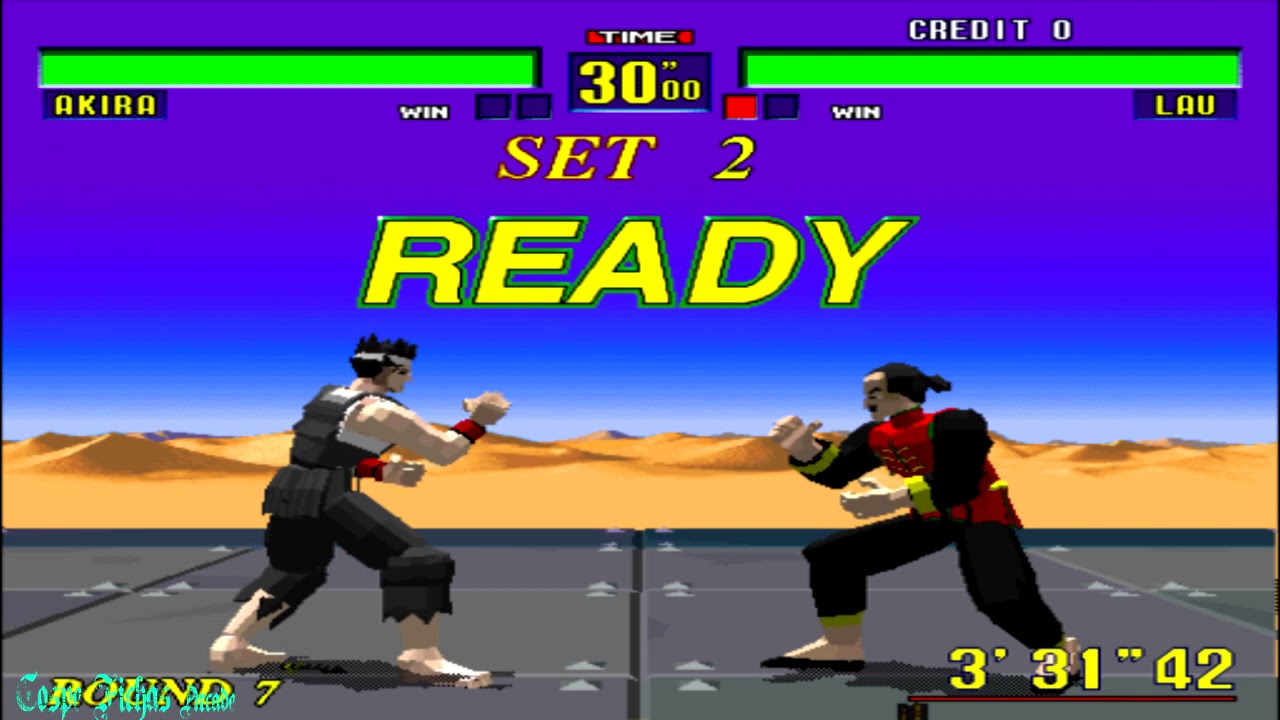
For as long as video games have existed, developers have wanted to represent 3D space. Some early efforts bore fruit, with isometric perspectives, heavy use of scaling sprites and the Freescape games all being impressive in their own way. However, 3D really took off in the early Nineties as hardware allowed for action games to run at a high speed, and texture mapping increased the visual detail of the graphics. When you compare Hard Drivin’ from 1989 to Virtua Racing in 1992, and then that to Daytona USA in 1994, it’s clear that the pace of development was incredible. Those arcade advances quickly made their way home, and the arrival of the 32-bit consoles heralded new opportunities for developers and players.
The proliferation of 3D polygonal games ushered in a new era of realism, due to their dynamic perspectives and the way animations could be created. Players could explore spaces that would have been impossible to create on the 16-bit machines, too. But for developers, it wasn’t all rosy - skilled 2D artists needed to either adapt or be left behind, and team sizes ballooned. Some companies really struggled to make the transition, such as SNK which failed to migrate from the Neo Geo to the Hyper Neo Geo 64. 2D games were firmly out of fashion for a time too, though thankfully that phase has passed and today developers tend to choose whichever graphical style is most suited to the task.
PlayStation
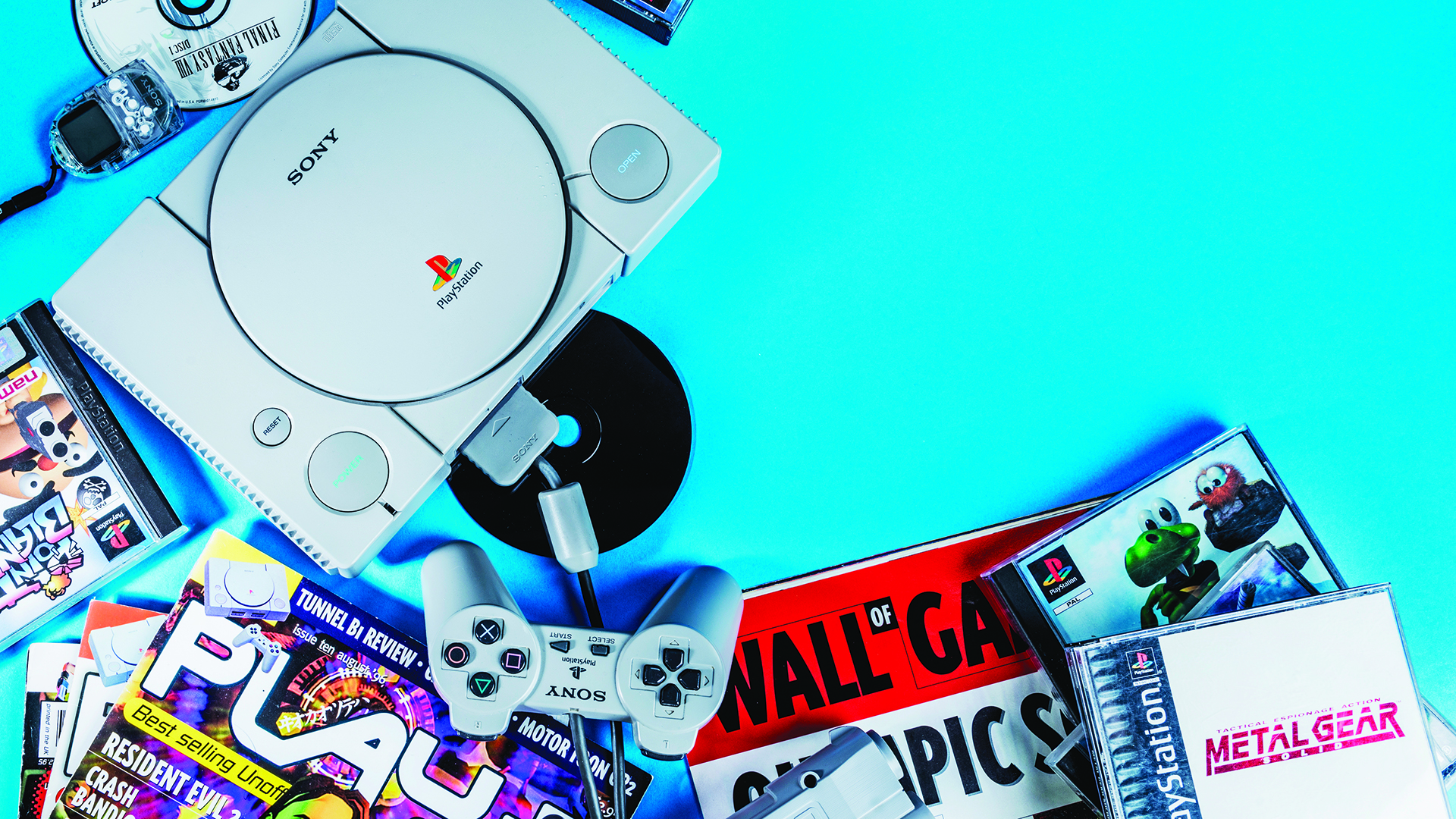
While you can debate the point at which console gaming went mainstream - or even if it ever really has - we’d mark the PlayStation as the system that got there. Despite being a newcomer to the console market, Sony had a potent piece of hardware and the key third-party support to sweep aside the old order of Sega and Nintendo. The PlayStation represented everything that was cool about gaming, whether that was cutting-edge 3D capabilities, licensed soundtracks in games like WipEout, or simply canny marketing that saw systems placed in the Ministry Of Sound.
Sony sold over 100 million PlayStations - more than twice the number of Saturn and N64 consoles combined. The most popular games released on the PlayStation ultimately redefined what players expected from home console games. Blockbuster hits like Final Fantasy VII, Metal Gear Solid and Resident Evil advanced a more cinematic style of storytelling, taking advantage of the CD-ROM format for dramatic FMV, full voice acting or both. Ridge Racer had been a killer app at launch, but by the end of the generation players took a more critical view of content light arcade conversions, largely thanks to the plentiful tracks and hundreds of cars of Gran Turismo. Unlockable content and substantial single-player experiences were no longer optional if you wanted your game to sell millions.
EA
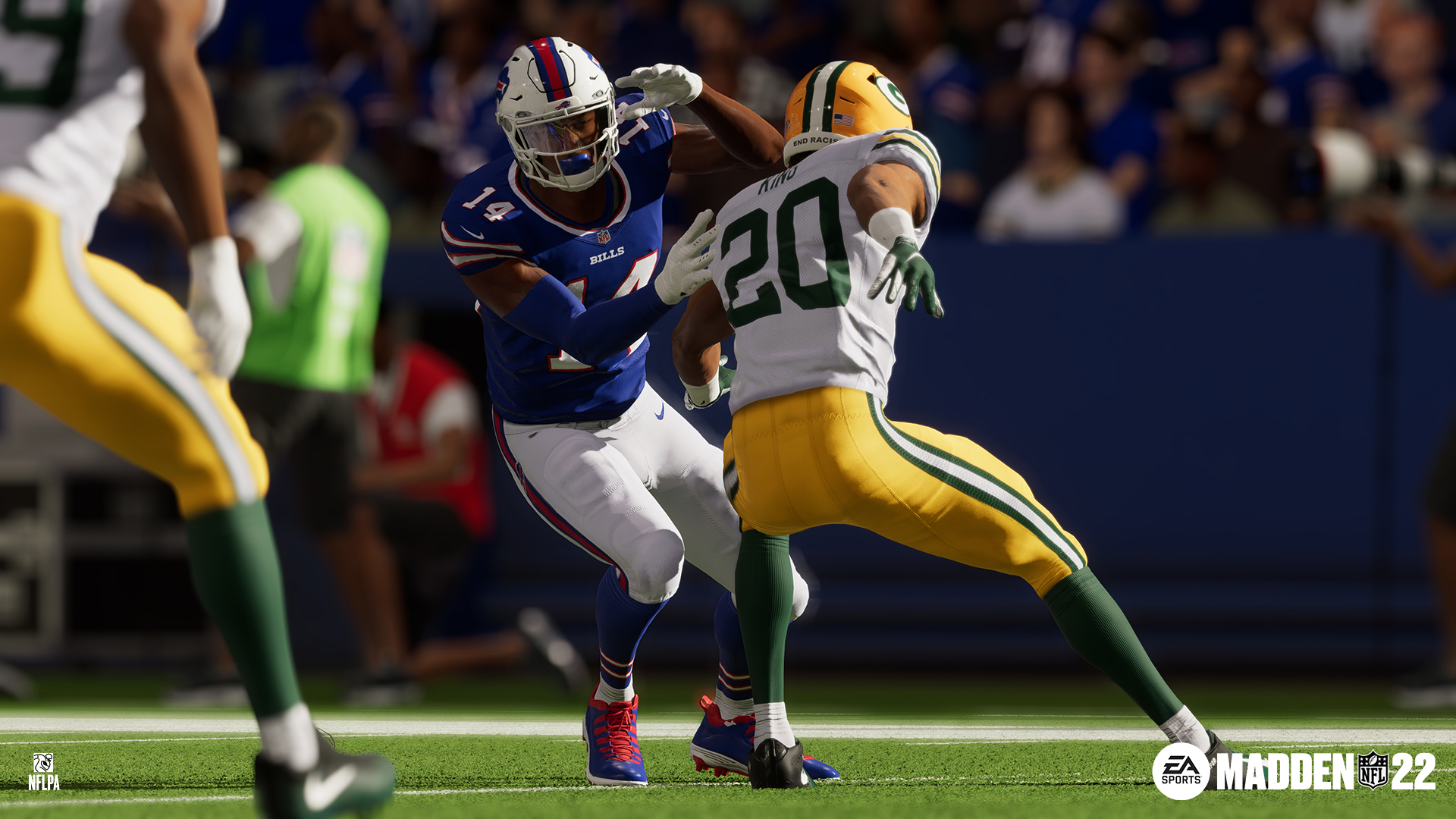
Originally founded with the ethos of celebrating the developers that made its hit games, EA eventually became the world’s largest third-party publisher, and even today is the second biggest gaming company in the western world. EA was one of the first publishers to really throw its weight around with console manufacturers – its sports games did wonders for the Mega Drive, but its lack of support hurt platforms like the Dreamcast and Wii U. Some of its practices have been controversial, such as withholding its sports games from Xbox Live until Microsoft cancelled its own sports range, and striking an exclusivity deal with the NFL to kill off the rival NFL 2K series.
It was named America’s worst company by readers of Consumerist in 2012 and 2013. Despite this, it has undoubtedly had highlights too. Best known for its annual sports games such as FIFA and Madden, it has also had a long track record for publishing quality games in other genres, from early hits like MULE and Pinball Construction Set to Desert Strike, Need For Speed and Mirror’s Edge. It was also the first of the modern mega-publishers, absorbing studios such as Bullfrog, Westwood, BioWare and Codemasters over the years.
Analogue controls
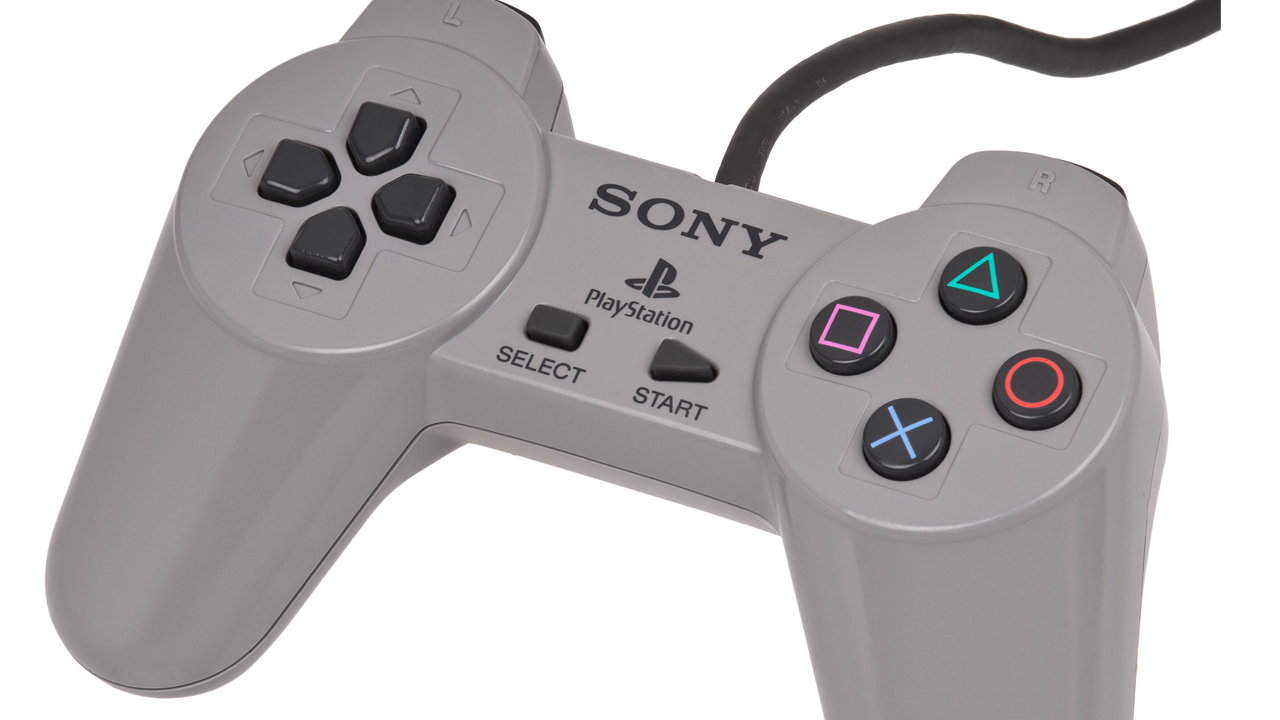
Though they had been tried in the past, analogue controls became a necessity as 3D gaming went mainstream. Nintendo was forward thinking in including a thumbstick as standard and Sega recognised the value of analogue triggers, but it’s Sony’s DualShock design that became the overall template most modern pads follow.
Artificial intelligence
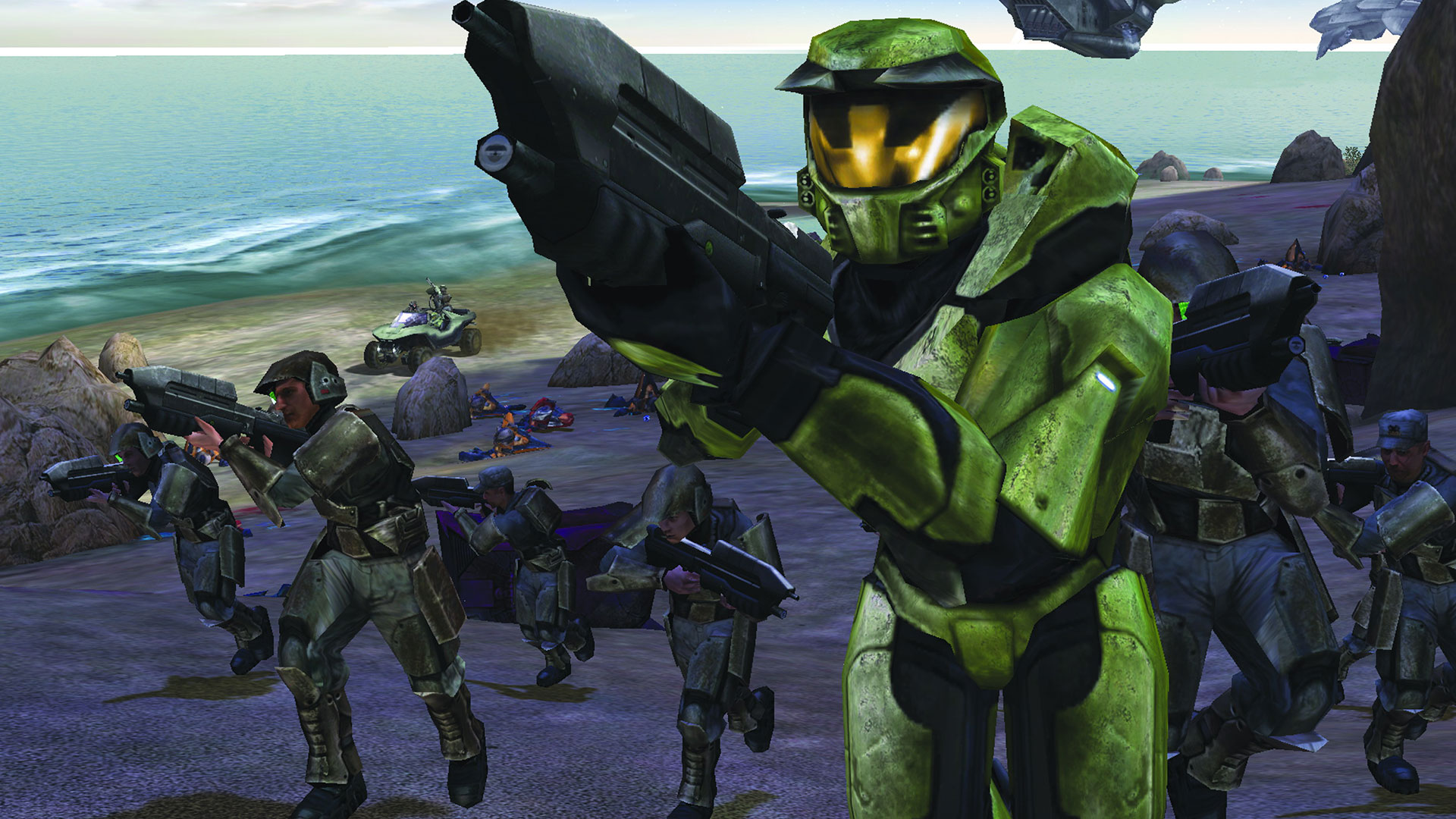
Though computer-controlled enemies have existed ever since Computer Space, enemies that respond to player activity are the gold standard. Improvements in AI routines have consistently made for improved gameplay experiences, from the time that players noted individual ghost behaviours in Pac-Man to the distinct tactical behaviours of the enemies in Halo.
Super Mario 64
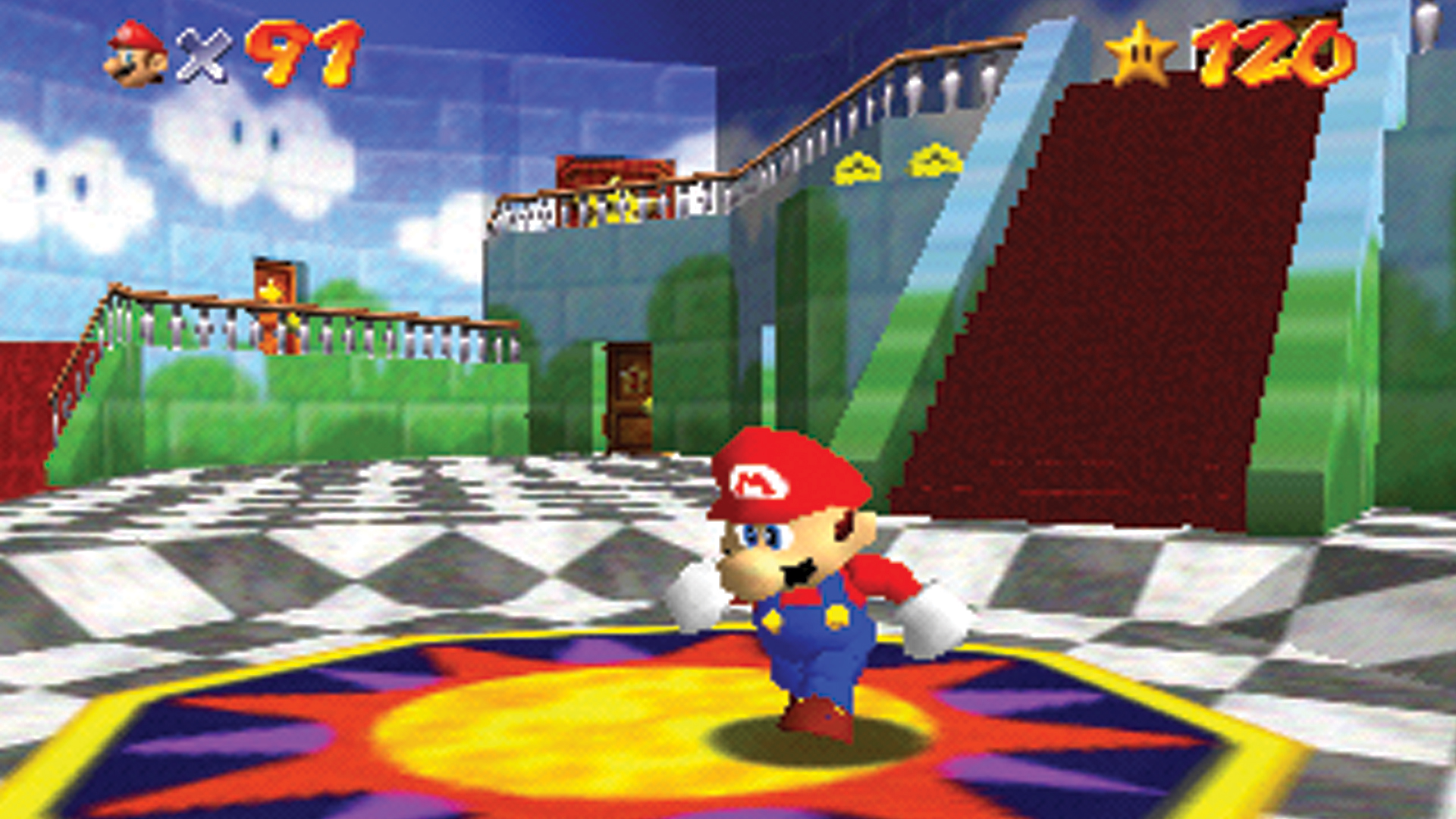
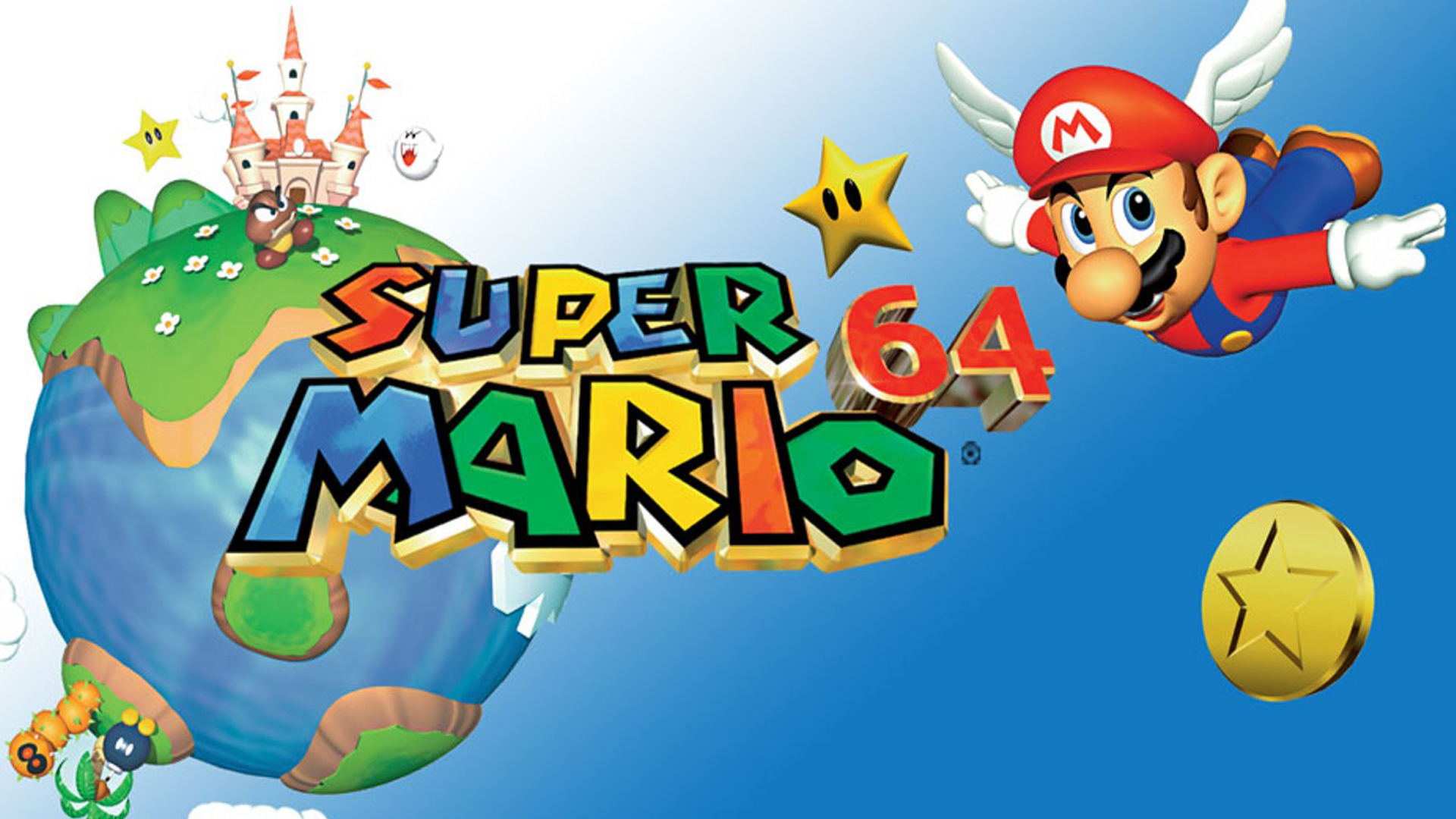
Super Mario 64 turns 25: Examining the impact of the N64's most revolutionary game
When it comes to comprehensively demonstrating the benefits of a new console, few games have ever come close to Super Mario 64. The 3D visuals were breathtaking, with memorable graphical touches like those rippling paintings, and the controller felt like it was built purely to play the game. Nintendo recognised that trying to replicate the linear assault courses of the 2D games was a fool’s errand and delivered carefully crafted 3D worlds, with multiple objectives to ensure you explored them thoroughly. You could beat the game yet still have almost half of it left to see.
When we speak to developers, Super Mario 64 is one of the games that is most commonly admired. Often this is because of the simple joy of controlling Mario - everything feels natural, from the way he swims to his desperate struggling when running up steep hills, and you can have plenty of fun just by jumping around outside Peach’s castle. At a time when the whole industry was adapting to 3D game design, Nintendo seemed to nail the platform genre on the first attempt, and just about every team has learned something from the game.
Internet

The internet has revolutionised our lives in practically every respect, and video games are no exception. That starts with the way we play them - often we’ll download them rather than going to a shop to buy them, while bugs are rarely the ruinous issue they were in the past due to the ease of distributing patches. Expansions are much more common in the console space thanks to downloadable content, and the internet even lets you play games with your friends, without the downside of having to invite them in to drink all your beer.
The culture around gaming has changed too. No longer do you have to wait a month for precious new screenshots of an upcoming game - these days you’ll get full gameplay trailers. If you’re struggling with your latest purchase, Google and GameFAQs ensure that you don’t have to go out and buy a strategy guide. If you’re truly stuck, you might just choose to watch someone else play the game on YouTube, and if you’re really good then you could well show that off by speedrunning a game live on Twitch.
It’s also much easier for a gamer to make their opinion heard. Often that just means that fanboy nonsense has migrated from the playground to Twitter, but a big backlash can cause developers to alter their courses of action - just look at the ending to Mass Effect 3. Indeed, developers and journalists being accessible to players can be a good thing, but it has also allowed for major harassment campaigns. However you feel about these changes, it’s certain that gaming will never be the same as it was before widespread internet access.
Sony
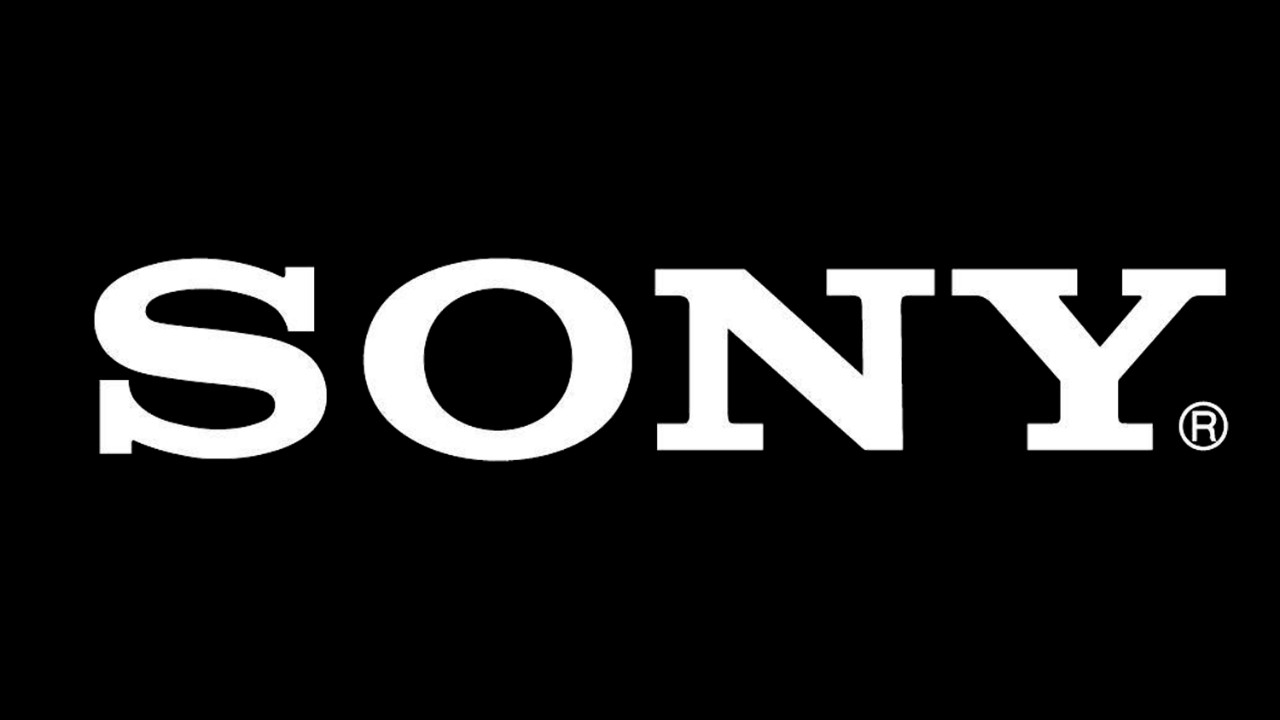
As well as producing series like Gran Turismo, God Of War, and Uncharted from its internal studios, Sony is the most consistently successful manufacturer of home consoles. When Sony takes a stance on something, pushing for where it believes the industry should innovate next, console developers cannot ignore it.
3DFX
3D accelerator cards were a transformative addition to PCs of the Nineties, and 3DFX was at the forefront of that revolution. The company has been dissolved and its Voodoo cards and Glide API long since surpassed, but it paved the path that the likes of Nvidia and AMD walk today.
CD-ROM
Game developers could let their ambitions run wild in the Nineties thanks to this capacious storage medium. High-quality soundtracks, full voice acting and rich video content could be included in games for the first time - and if one disc was filled, they were cheap enough that adding another was fine.
E3
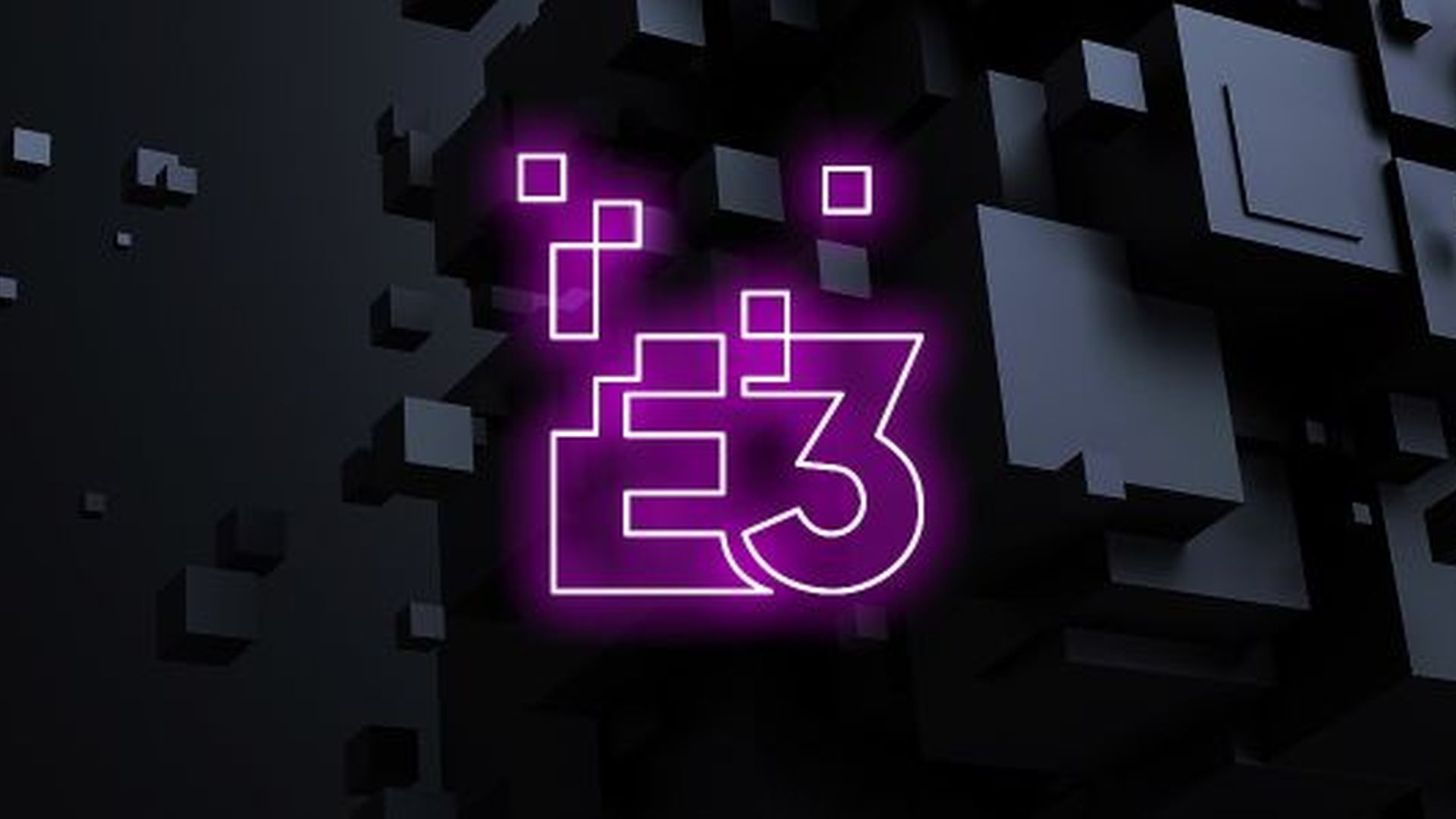
The games industry created its own major conference in 1995, and it has often been a focal point of the gaming calendar. A good or bad showing can really shape public perceptions - and there’s a disastrous “giant enemy crab” moment for every time Miyamoto shows up with the Master Sword.
PS2
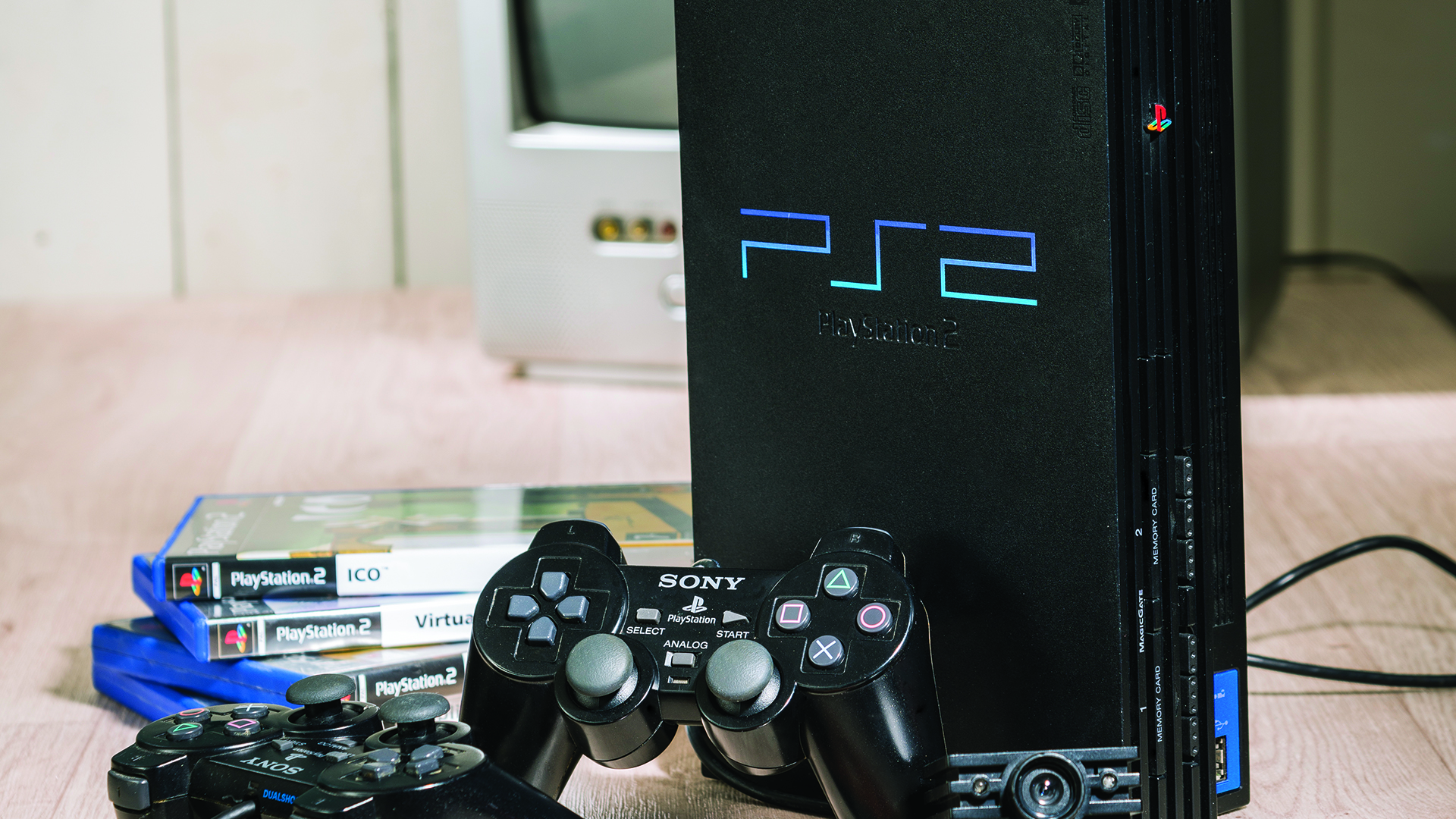
Sony’s second console is still the best-selling games console of all time. That on its own wouldn’t qualify it for inclusion on this list, but what does is how it got there. Part of it was the massive pre-launch anticipation, and another part was undoubtedly the great games that it hosts, but plenty of people bought one just because it represented a reasonable way to watch The Matrix. The PS2’s inclusion of DVD movie playback as standard was a major selling point over its rivals, and its success proved that there was strong demand for non-gaming features in games consoles. Providing a great gaming experience was no longer enough - console manufacturers now had to produce a box that could service all of your screen-time needs.
For Sony, the hope that lightning would strike again influenced its release of the PSX, a Japan-only PS2 with digital video recording capability, as well as the PSP’s sophisticated multimedia functions. The next generation was clearly influenced by the PS2’s success too - Microsoft dabbled with HD-DVD and Sony integrated a Blu-Ray drive in the PS3. But by the end of the generation online streaming was the hot ticket and consoles could be used for Netflix, Spotify and more. Even Nintendo allowed the BBC iPlayer on the Wii. Today’s consoles still have all of those apps as well as 4K Blu-Ray disc support, and it’s the PS2 that started us down this path.
GTA 3

Have you ever wanted to be utterly reprehensible? That’s the experience the Grand Theft Auto series offers - you can indulge in your worst fantasies, from committing armed robberies to assaulting random pedestrians. The third game in the series combined that freedom with an impressive open 3D world, and turned a previously popular series into a world conquering phenomenon. This was where the series really started to find its voice – quite literally in fact, as this was the first appearance of the excellent radio stations that allowed players a closer look at the warped world of Liberty City.
Of course, there’s an open-world heritage here that goes back through the likes of Driver and Shenmue, all the way back to 2D games like Turbo Esprit. But it was Rockstar that put it all together to enormous success and not only provided a template for Grand Theft Auto’s future success, but a formula for plenty of imitators to follow. Initially, these were obvious pretenders like True Crime: Streets Of LA and the original Saints Row, but over time we began to see more thematic variation in open-world games like Assassin’s Creed, Red Dead Redemption, and of course, The Legend Of Zelda: Breath Of The Wild. Linear games will never go away, but 3D open worlds are good tools for game designers to have.
Renderware
Criterion’s middleware was a revelation, enabling easier porting between PS2, Xbox, GameCube and PC. Renderware powered hundreds of games during that generation, and while it declined in importance when new consoles arrived, it can be seen as a forerunner to the likes of the modern Unreal Engine and Unity.
Xbox Live

While it wasn’t the first online console gaming service, Xbox Live set the standard for everything that followed. Microsoft’s service gave players a username and friends list, plus voice chat and stable servers - in exchange for a subscription fee. Xbox Live Arcade also popularised downloadable console games.
Steam

What started as a patch delivery system has evolved into a great service, unifying digital game retail, online gaming functions and more. Its convenience and frequent discounts have shifted the PC gaming market away from physical games, and made Valve powerful due to its massive market share.
Esports
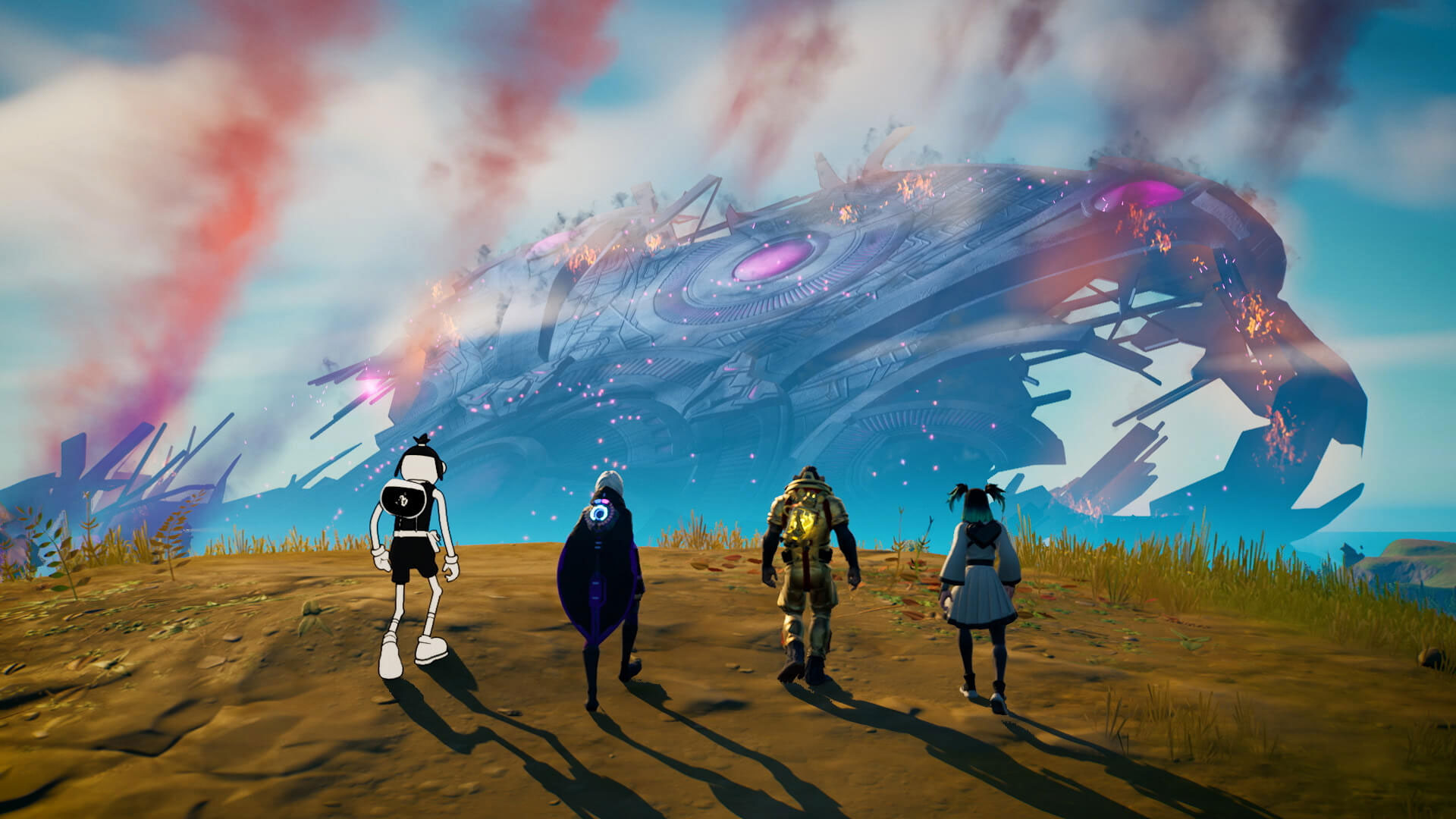
Competitive gaming has been around for decades, but was turbo charged in the 21st century. Going pro in games like League Of Legends and Fortnite is a viable career option thanks to global tournaments with huge prize pools and tournament streams watched by millions can make stars of top competitors.
Minecraft
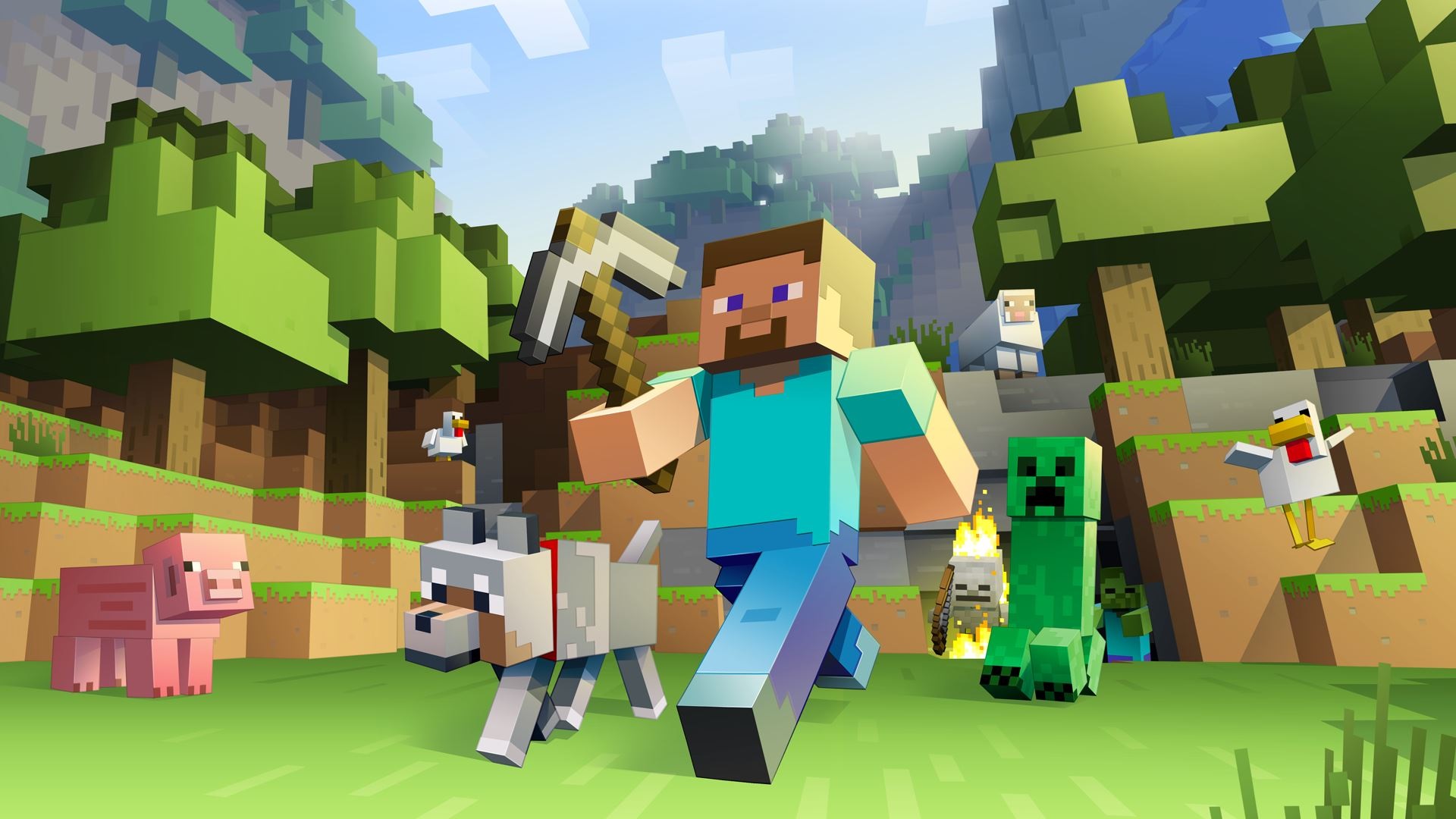
Give a kid a Lego set and they’ll be occupied for a long time - they’re just naturally creative like that. Give them Minecraft, and the worlds they can build for themselves are limitless. The open-ended design allows players plenty of creative freedom that makes it the perfect game for the era of user-generated content. As well as allowing players to flex their imaginations, it has plenty of interesting systems that have allowed players to construct impressive machines including genuine working virtual hard discs.
Minecraft is a game that has spread far beyond its simple premise, with plenty of its own lore and that encompasses spin-offs like Minecraft: Story Mode and tie-in books. Its culture is so established that the dedicated unofficial magazine Minecraft World has been running for over 80 issues, and it’s still a popular game with streamers. But what really makes it special is that it is emblematic of the success that indie games can have in the modern era – while it’s owned by Microsoft today, this game that has sold a whopping 238 million copies was initially the work of just one person. It’s also an example that selling an openly unfinished game is now the norm, setting the trend for Early Access games.
World of Warcraft
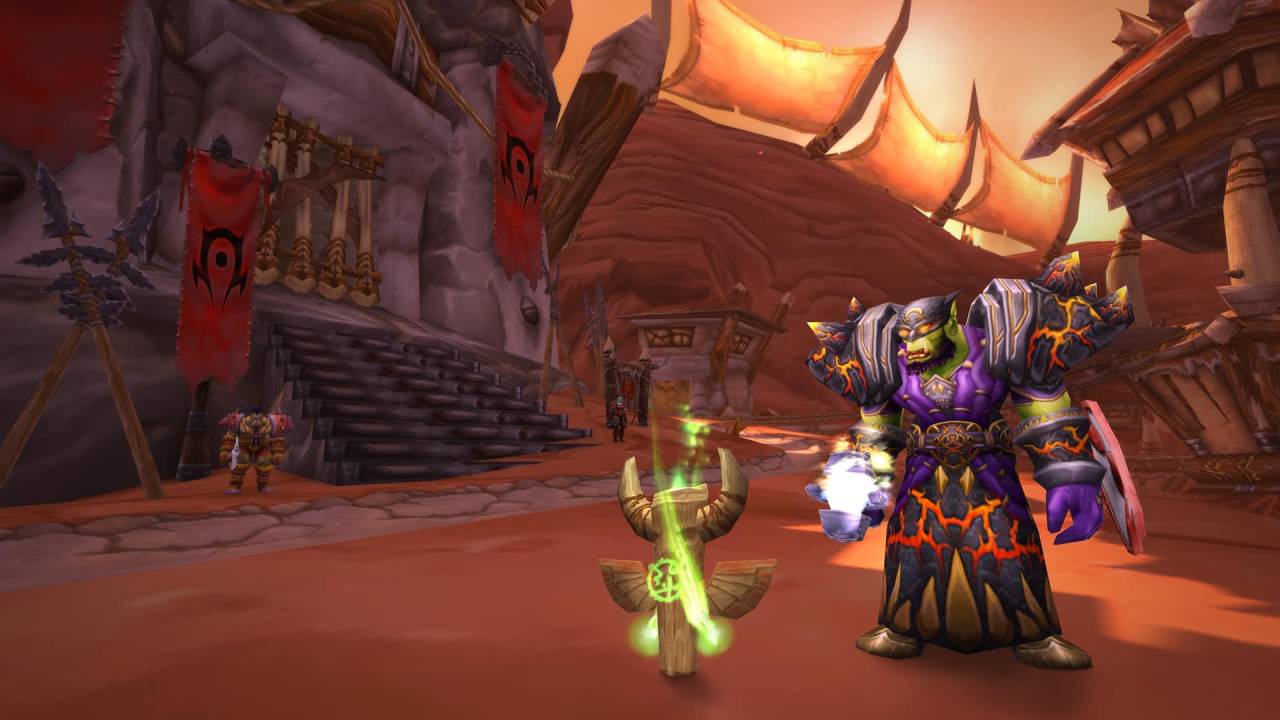
For as long as people have been playing games, they’ve wanted to play them together, distance be damned - that’s why we have MUDs, Ultima Online, EverQuest, Phantasy Star Online and more. Then World Of Warcraft came along. Using the fantasy lore of its well respected strategy series as a setting for its MMORPG, Blizzard created a monster hit that quickly exceeded all of its predecessors, thanks to excellent pacing and high-quality visuals.
World Of Warcraft took the concept of paying a monthly subscription for a single game into the mainstream, with a peak subscriber base of 12 million players. The game has created its own culture, spawning memes like Leeroy Jenkins and memorable incidents like the Corrupted Blood plague. It has also become a part of wider pop culture in a way that its predecessors never did - EverQuest was the subject of jokes in web comics, while South Park devoted a whole episode to World Of Warcraft.
Apple
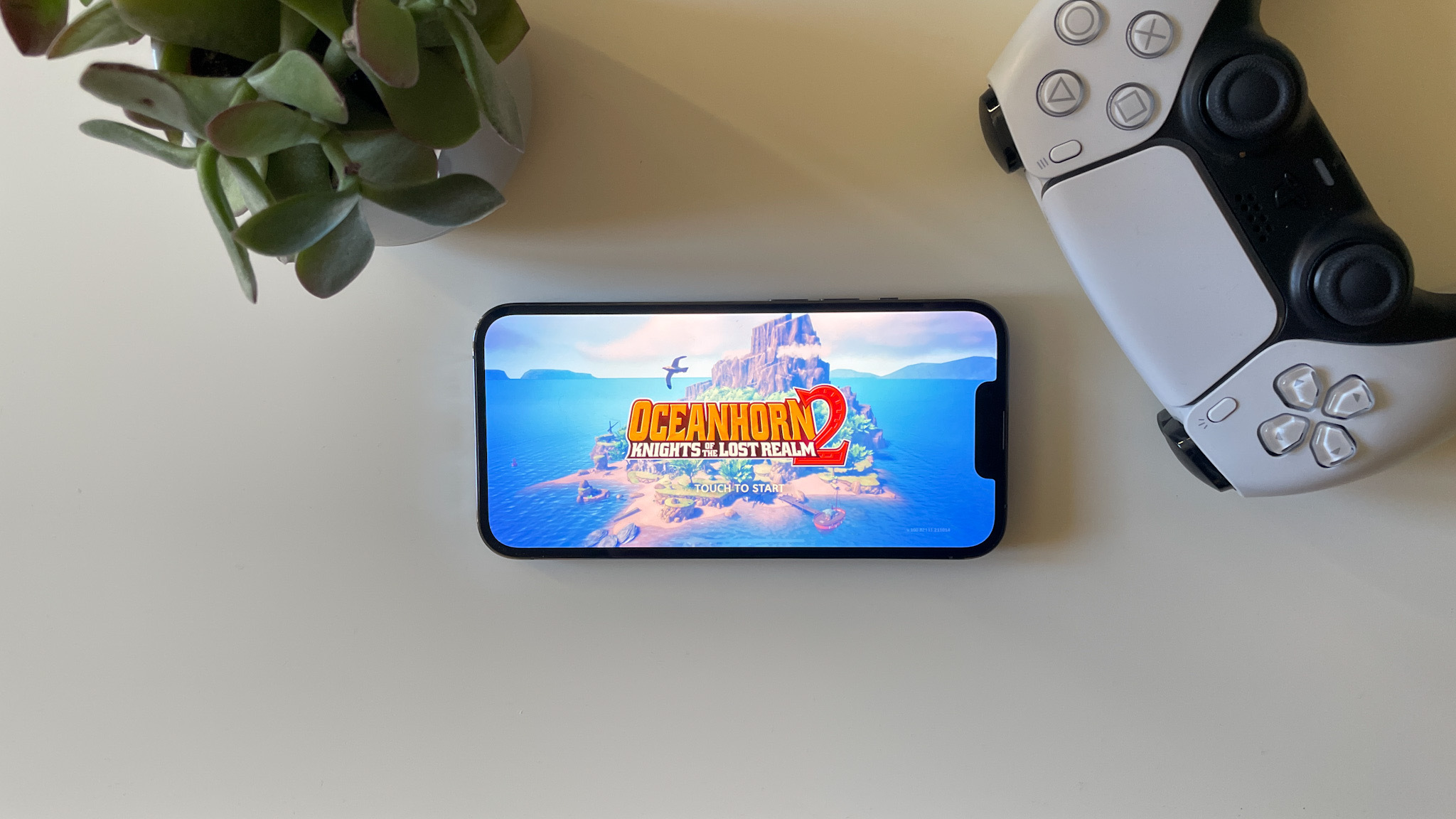
Despite the fact that it hasn’t positioned itself as a gaming company, Apple’s machines have proven to be pivotal at a couple of points in gaming history. The first was during the era of the Apple II series, the company’s home computer line that was launched in 1977 and had a huge impact in the USA. A generation of aspiring programmers took their first steps on an Apple II of some kind, and these were the computers that saw the first published games by the likes of John Romero, Jordan Mechner and Mark Turmell.
Apple returned to prominence in the gaming space with the introduction of the iPhone, which revolutionised smartphones. Although it wasn’t primarily designed for gaming, owners were receptive to them and Apple eventually started using more gaming-focused hardware and even launched the Apple Arcade service. The market for mobile games is so enormous that home-grown successes like Clash Of Clans are competing with console interlopers like Pokémon Go, and the microtransaction heavy business model commonly associated with them has migrated to other platforms. With a smartphone in seemingly everyone’s pocket these days, mobile games aren’t going anywhere - and casual gamers may never buy dedicated consoles again.
Wii
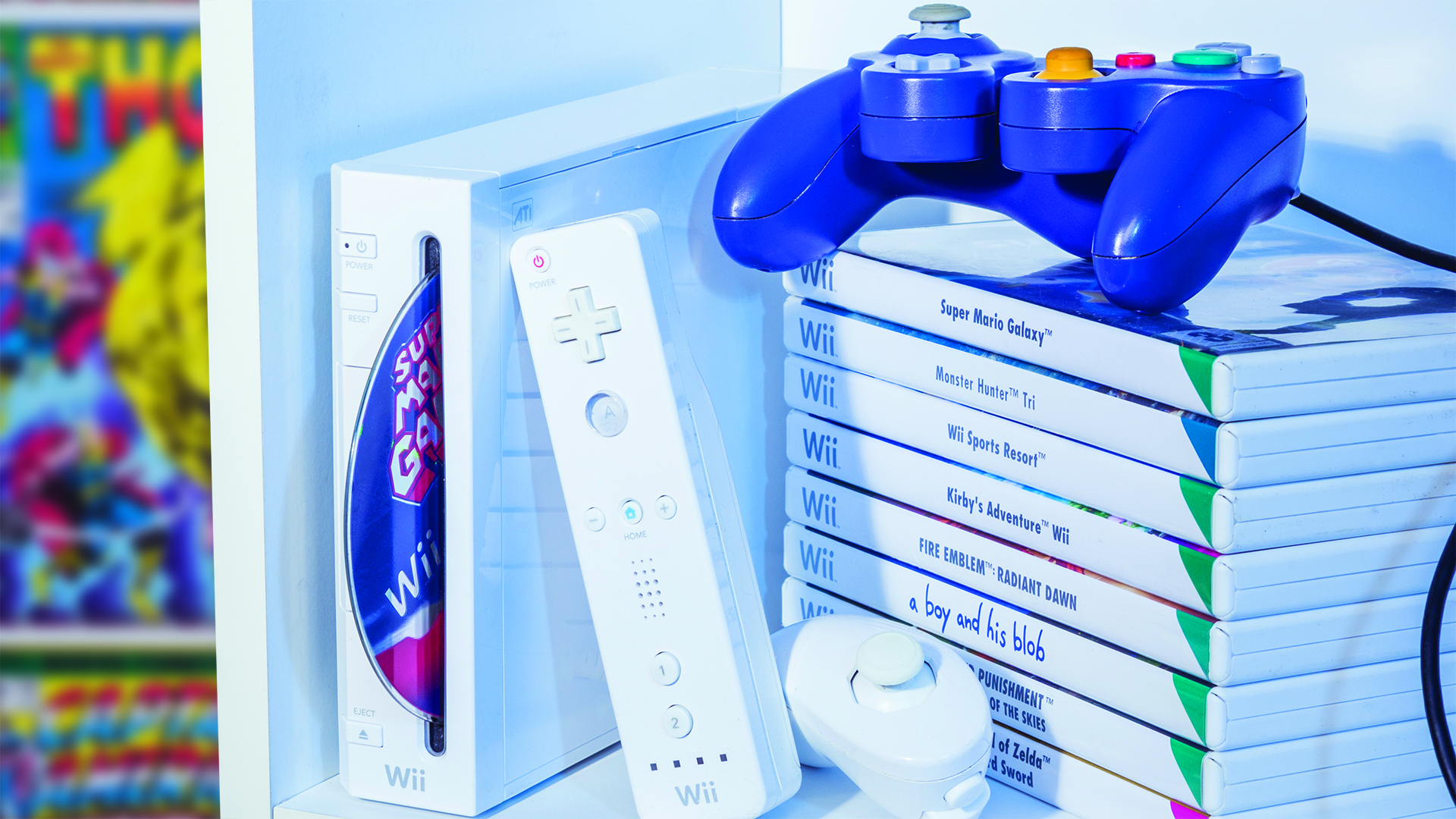
For three generations following the NES, Nintendo followed a very simple home console formula - make a more powerful machine than the last one, make some weird decisions, watch it sell less than the last machine. Confronted with the very real possibility of declining into irrelevance, and faced with competitors with significantly greater financial resources, it took a gamble and aimed for the family market.
The Wii’s controller was familiar in form factor and easy to operate thanks to its motion sensors, and Wii Sports was the ultimate proof of concept. All you had to do was mimic the real motions, so it was a game that anyone of any age could understand. The Wii became Nintendo’s best-selling home console ever, reversing years of decline in that business sector. While motion controls had been popular before, most notably with Sony’s EyeToy, Nintendo’s success with the Wii ensured that everyone else took notice.
Sony introduced the PlayStation Move controller for PS3, which was very similar to the Wii controller, while Microsoft launched the Xbox 360 Kinect camera to such success that it initially made it a core part of the Xbox One system. It also introduced the Mii copycat Avatars. Motion controls aren’t as hot as they once were, and have been the subject of derision from core gamers at times, but don’t expect them to go away. Both Sony and Nintendo still include motion functions in their standard controllers, and they’re also still a key part of mobile gaming. Beyond that, motion controllers are crucial to the immersion of VR games, which may be the main reason that they continue to evolve in the future.
Achievements
The ultimate evolution of the high score table, Achievements (or Trophies, if you prefer) measure your gaming prowess. They’re part of the furniture today but they’ve definitely altered our gaming habits, with some games sought after just for their easy achievements or very difficult 100% requirements.
Virtual reality

After years of false starts, the Oculus Rift headset finally made home virtual reality viable and created a market that the likes of HTC, Sony and Valve have since joined. The technology has added an unparalleled sense of visual immersion to games like Resident Evil VII and Half-Life: Alyx.
This feature first appeared in issue 227 of Retro Gamer magazine. For more like it, you can pick up a single issue or subscribe over at Magazines Direct.
Nick picked up gaming after being introduced to Donkey Kong and Centipede on his dad's Atari 2600, and never looked back. He joined the Retro Gamer team in 2013 and is currently the magazine's Features Editor, writing long reads about the creation of classic games and the technology that powered them. He's a tinkerer who enjoys repairing and upgrading old hardware, including his prized Neo Geo MVS, and has a taste for oddities including FMV games and bizarre PS2 budget games. A walking database of Sonic the Hedgehog trivia. He has also written for Edge, games™, Linux User & Developer, Metal Hammer and a variety of other publications.



